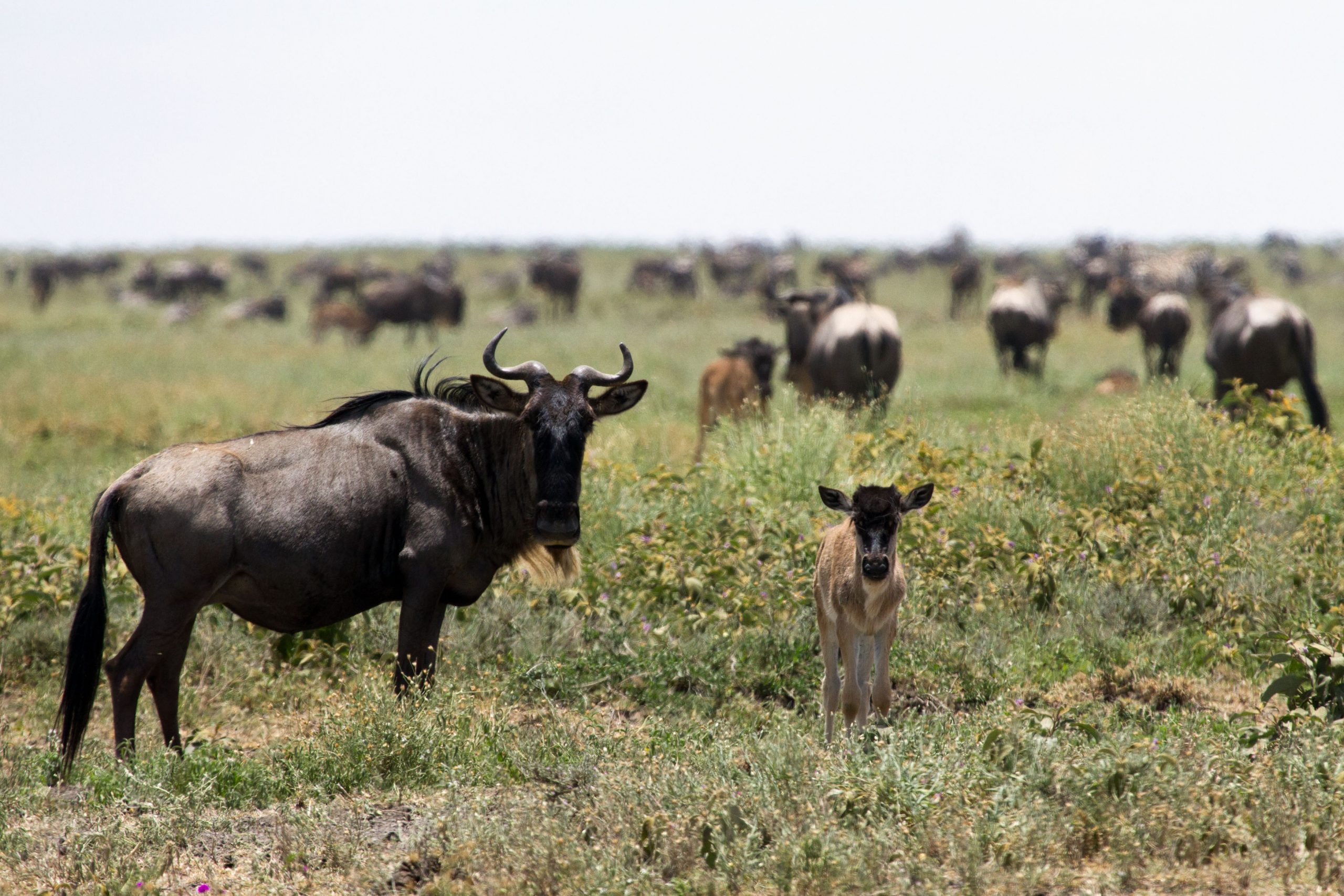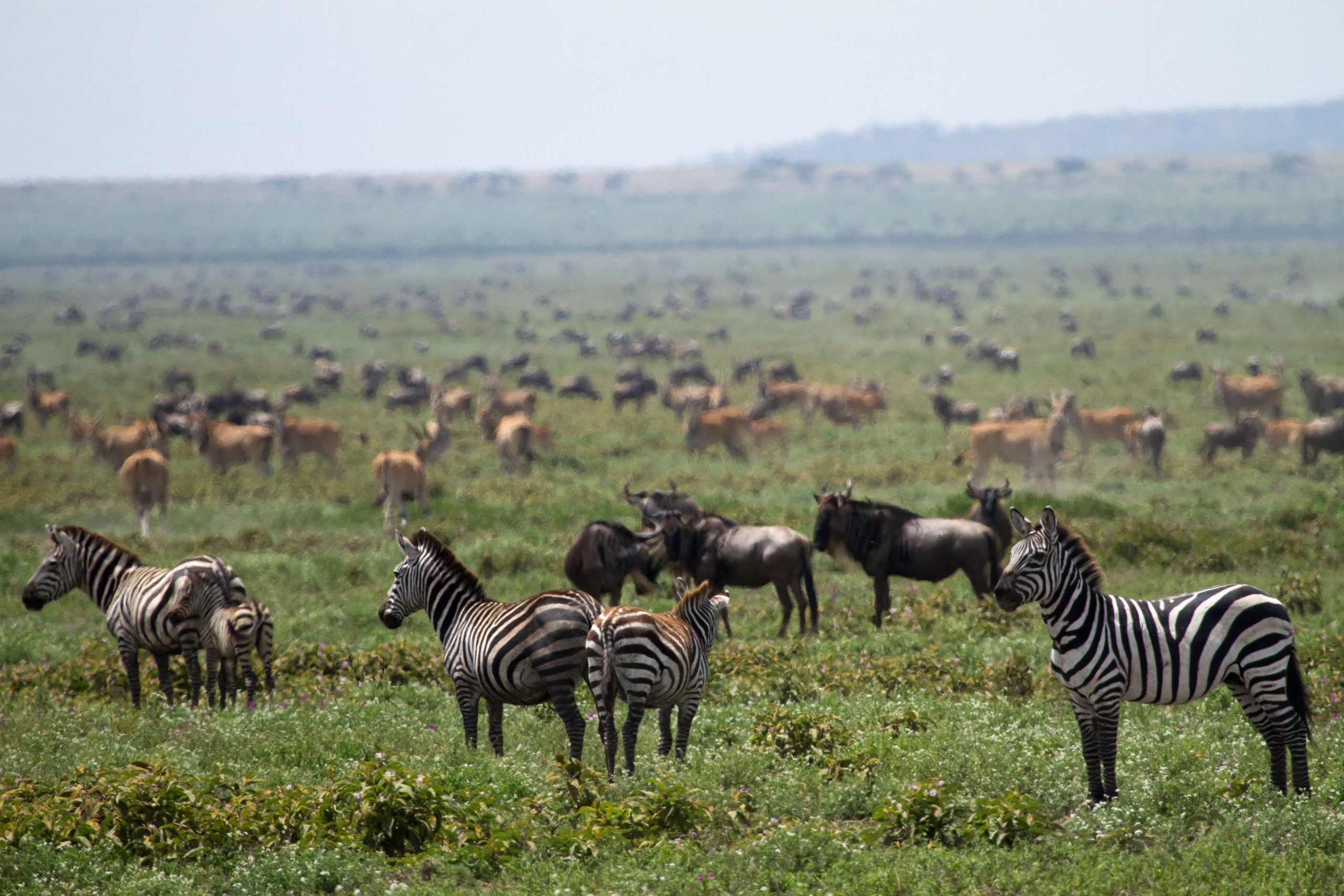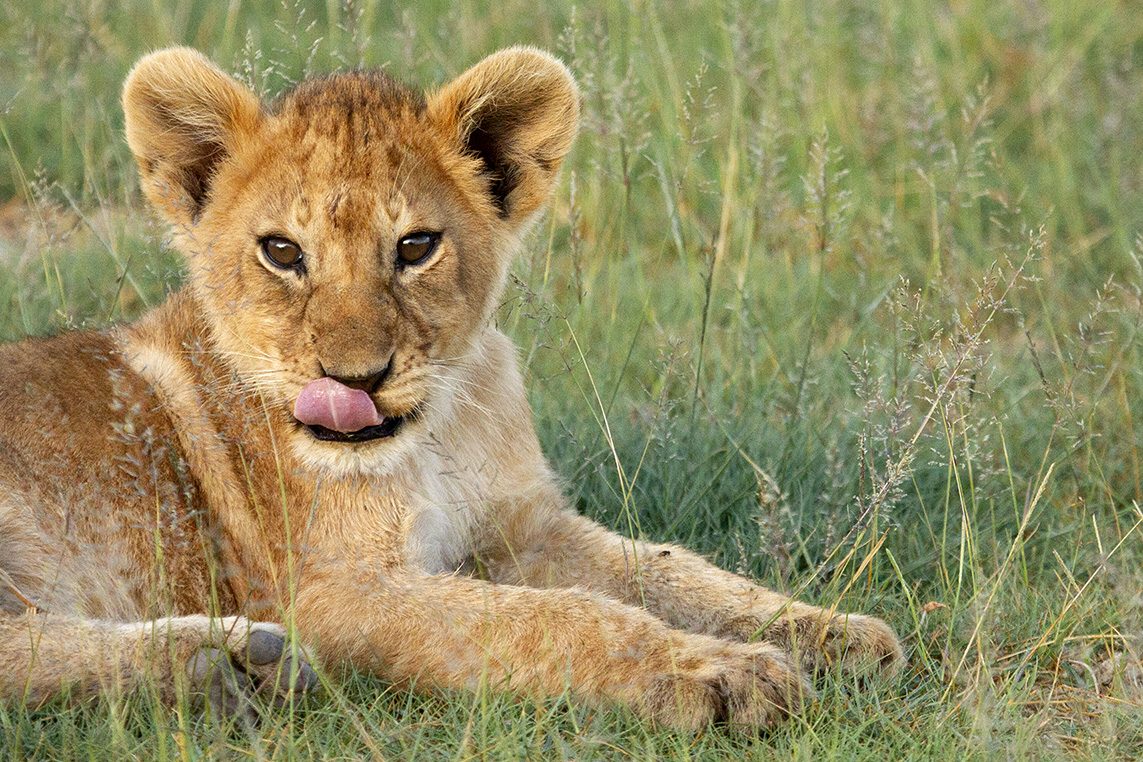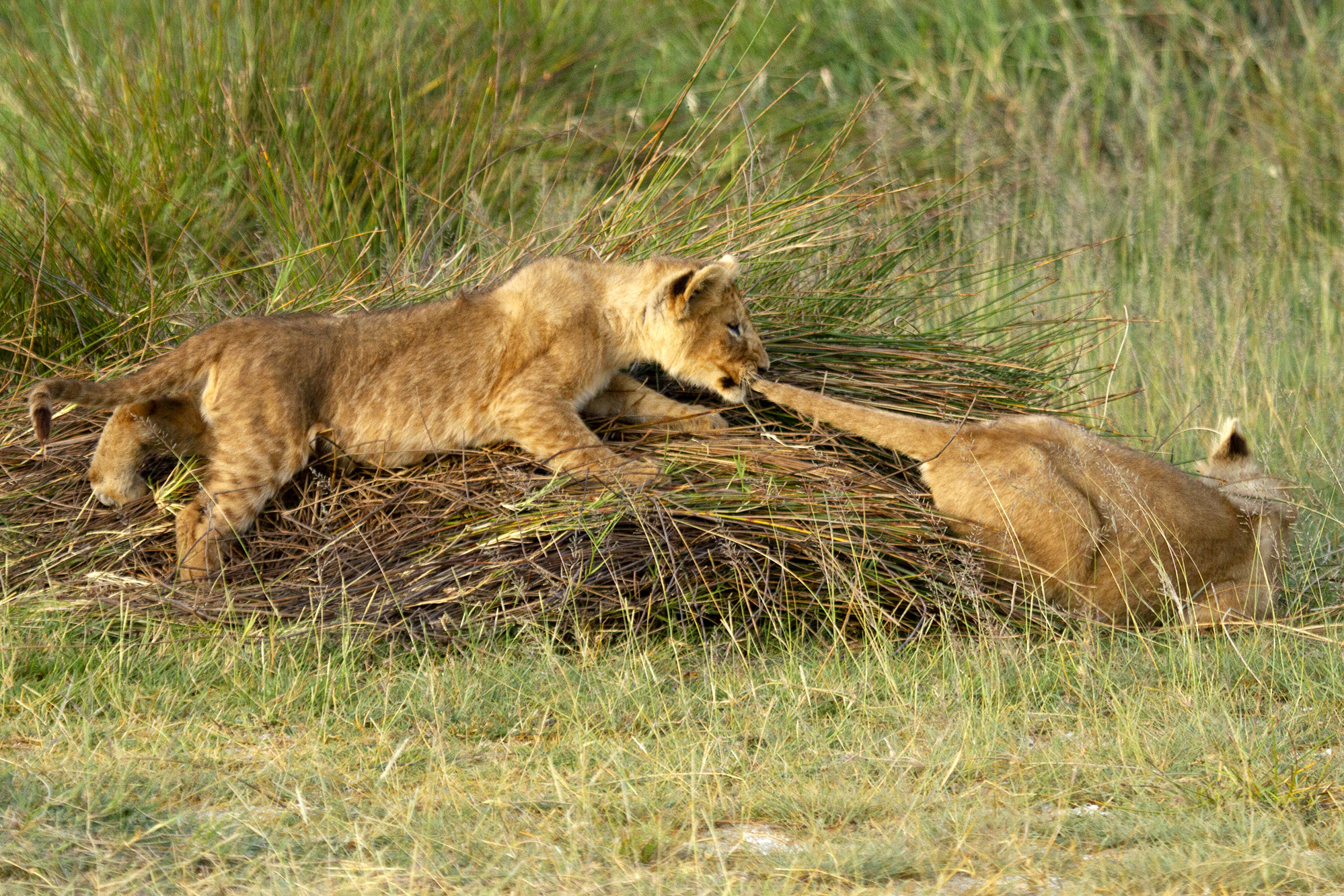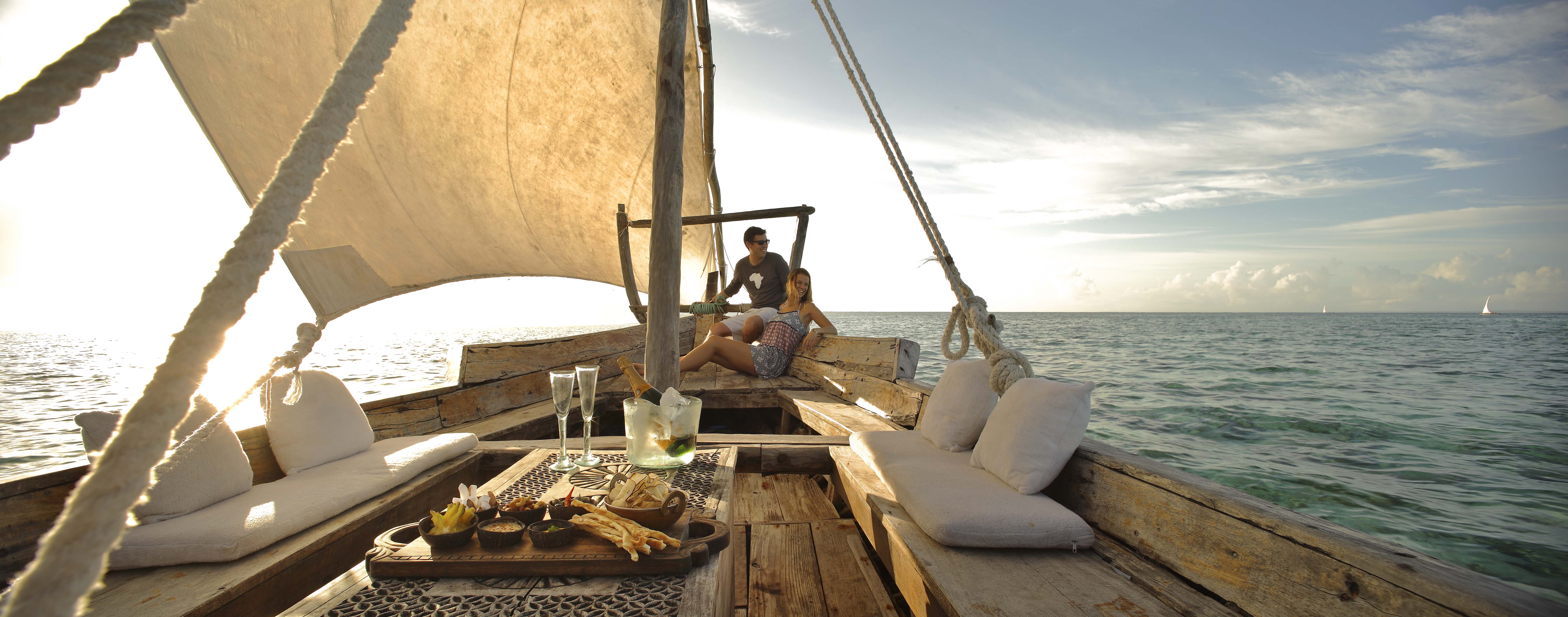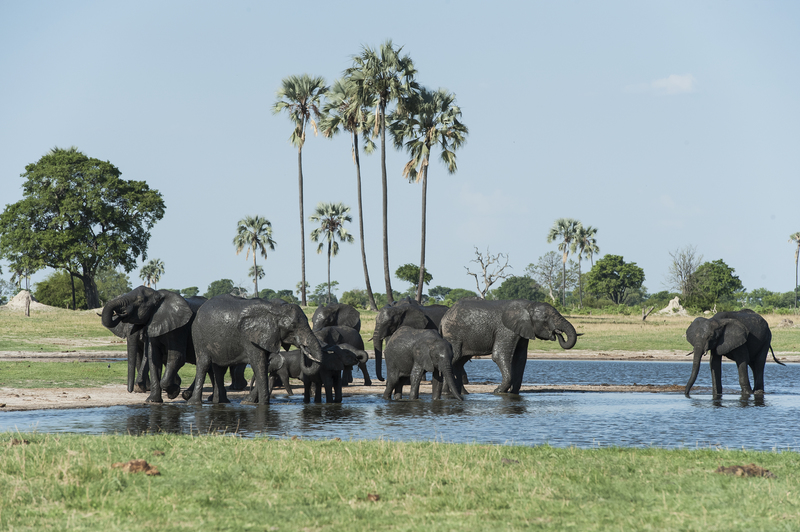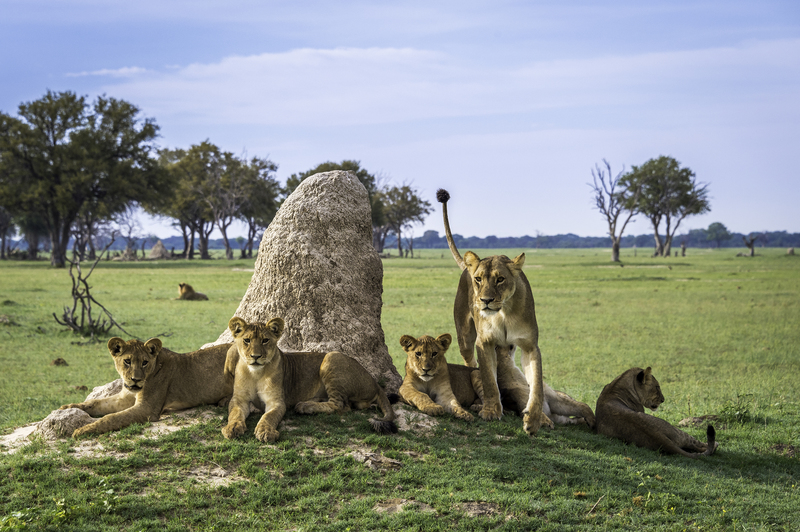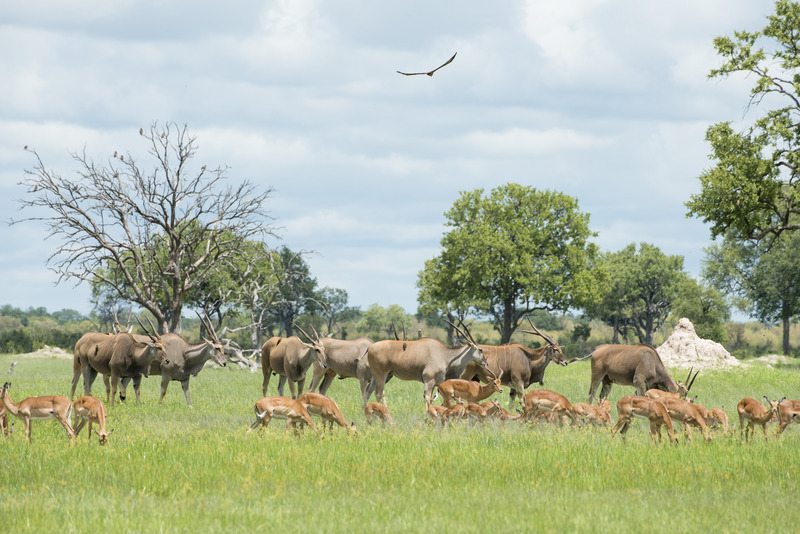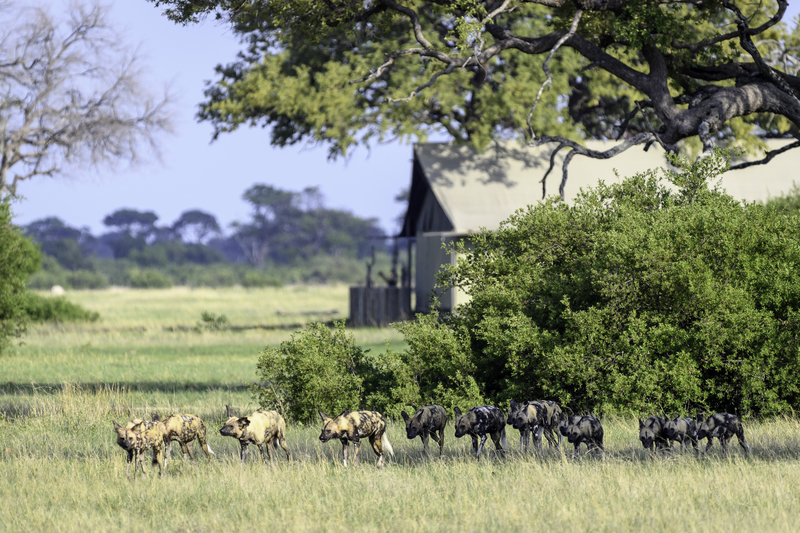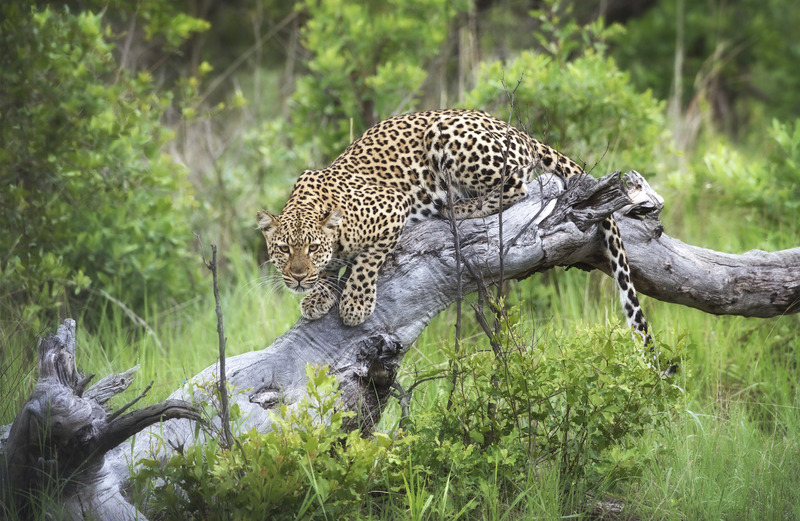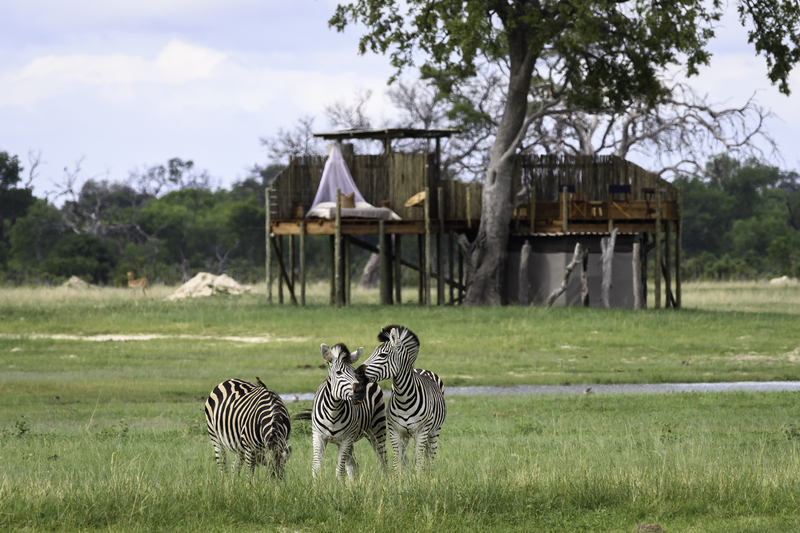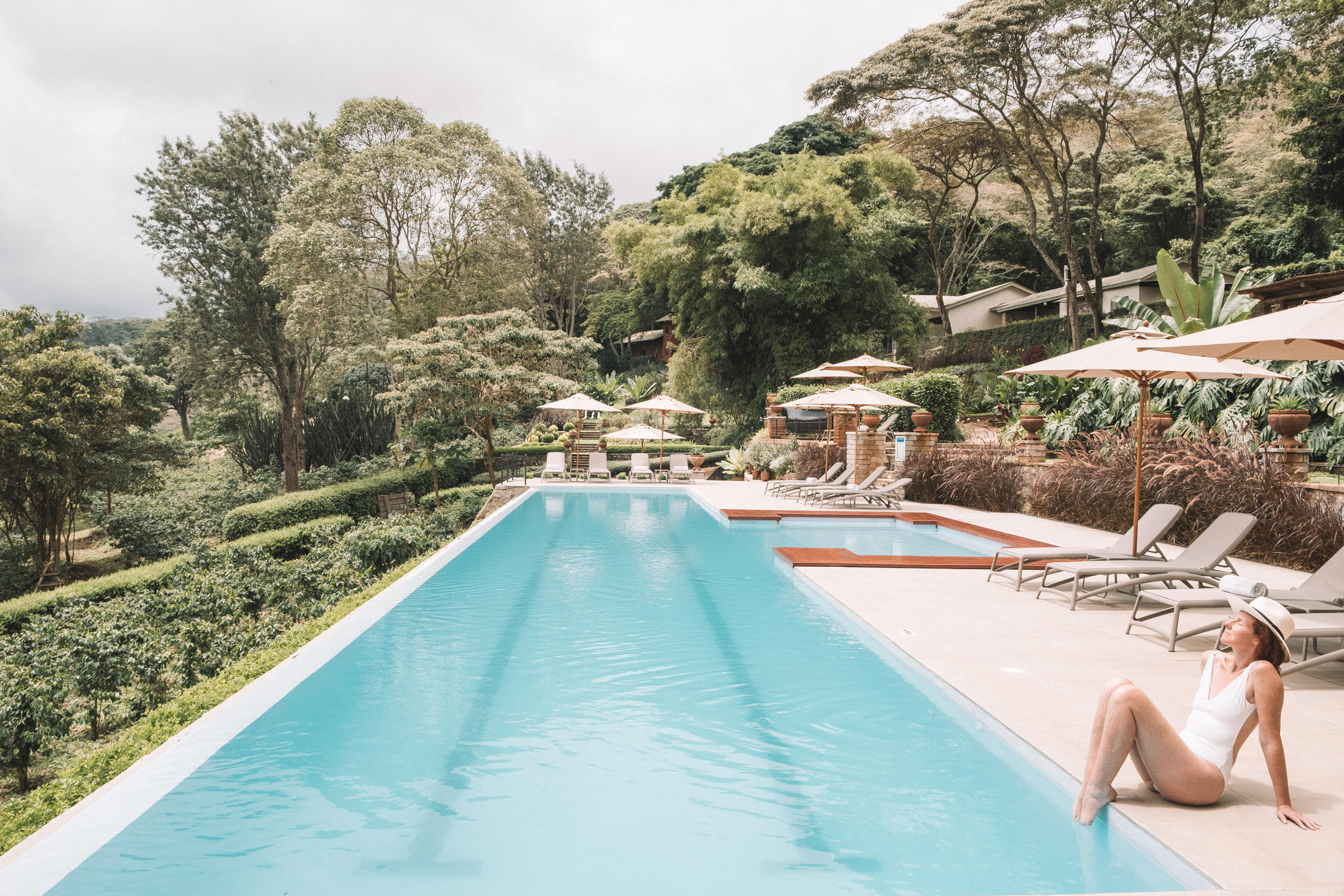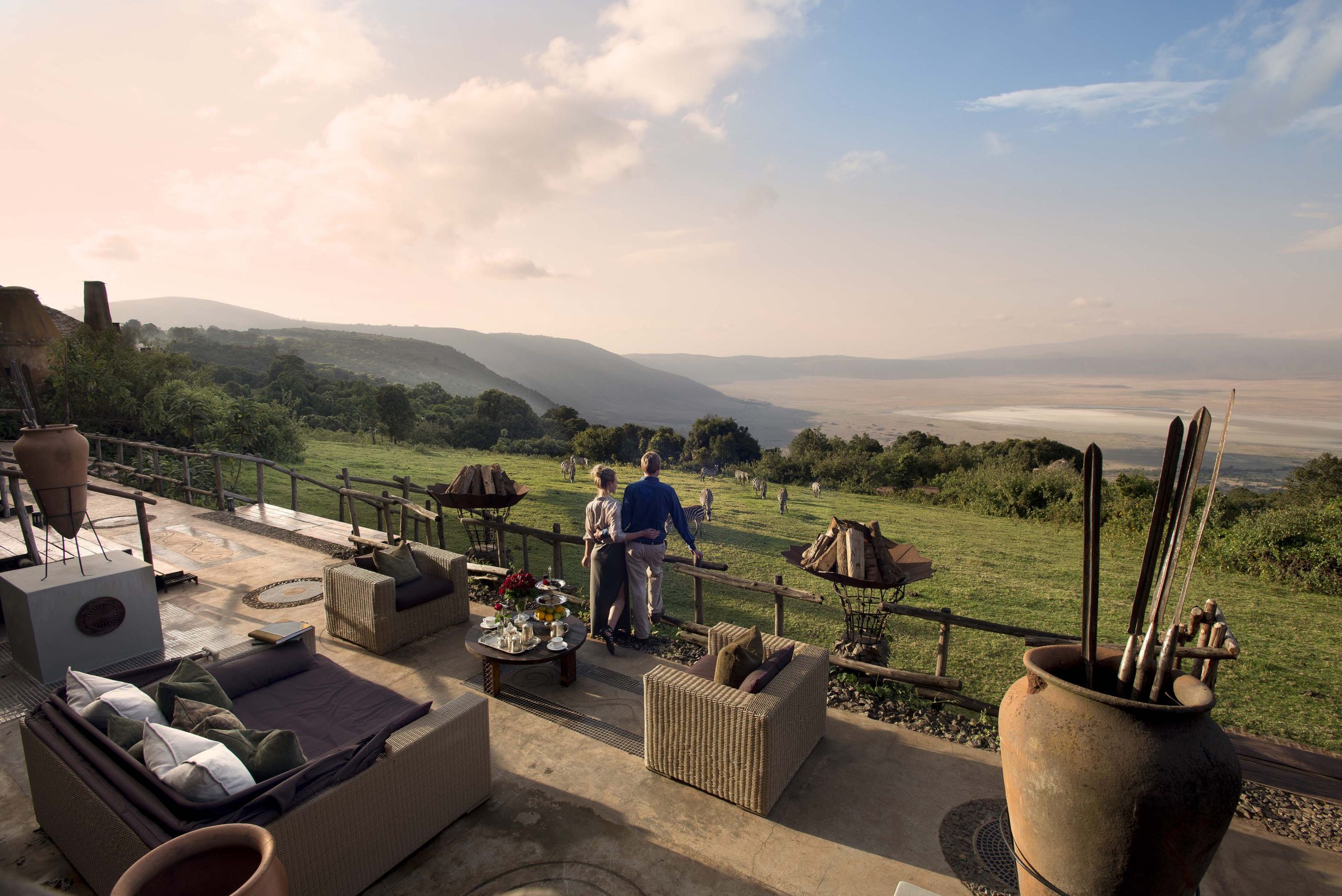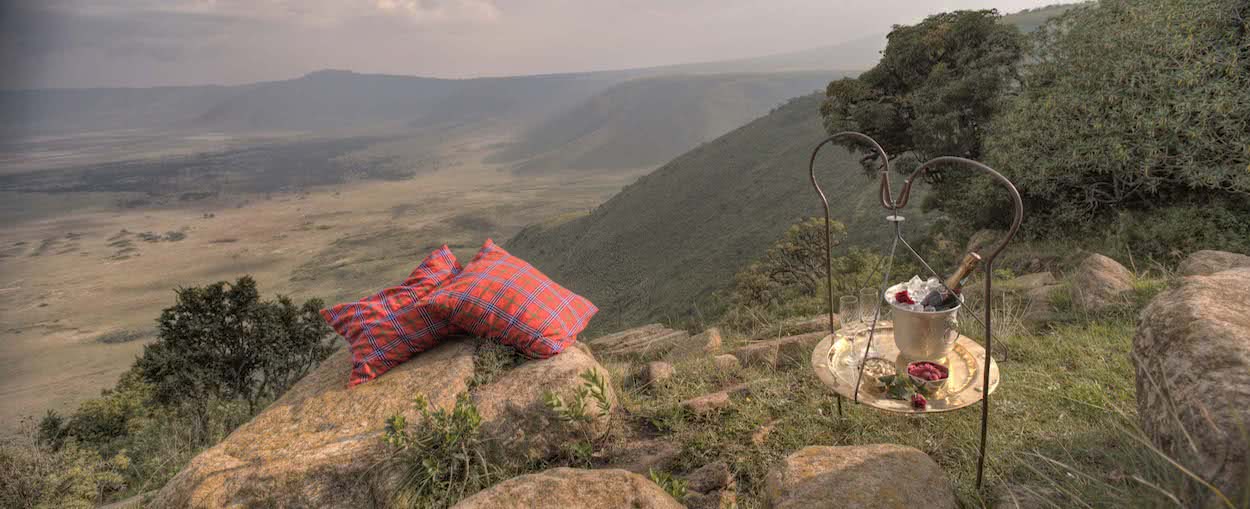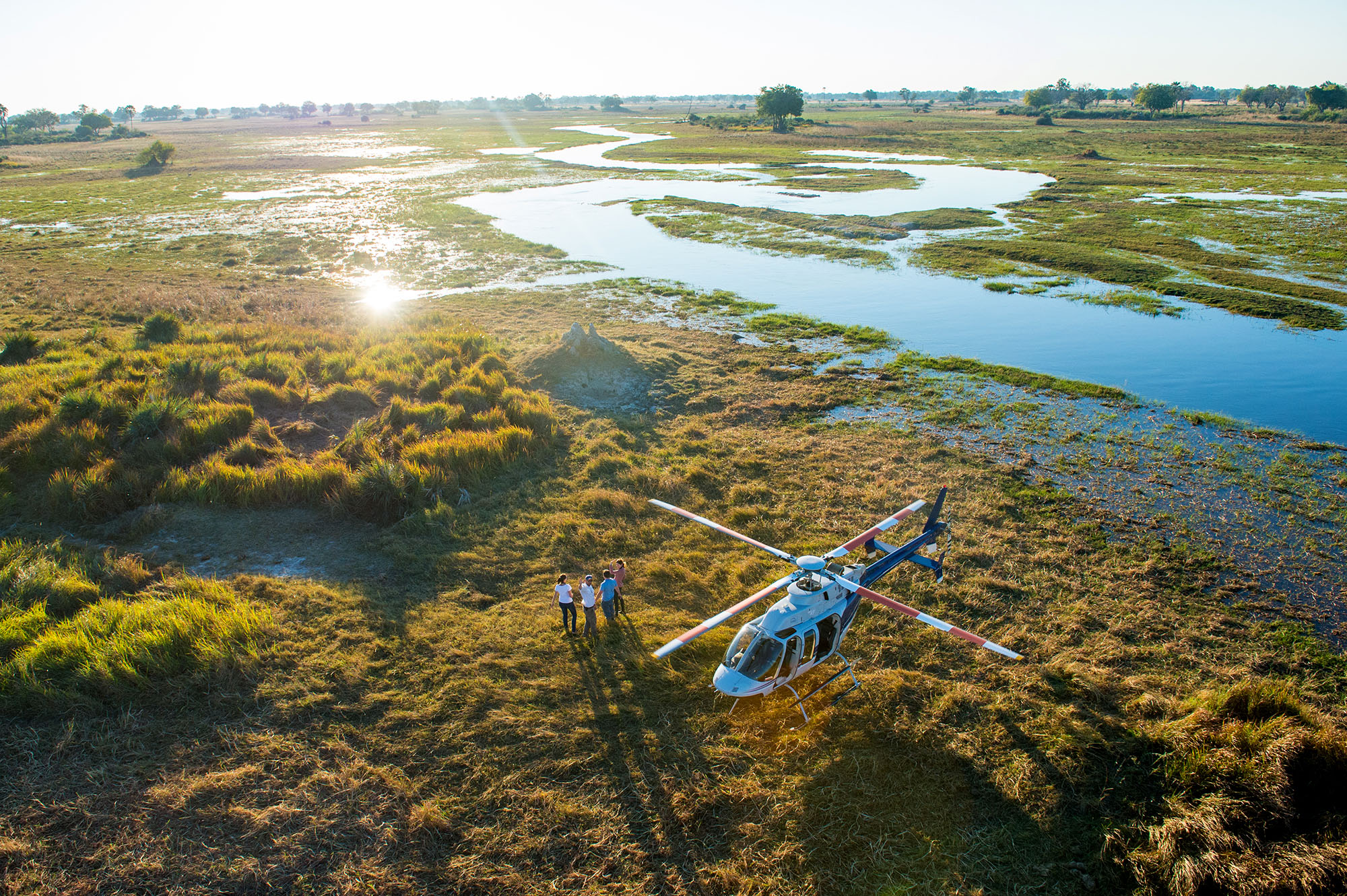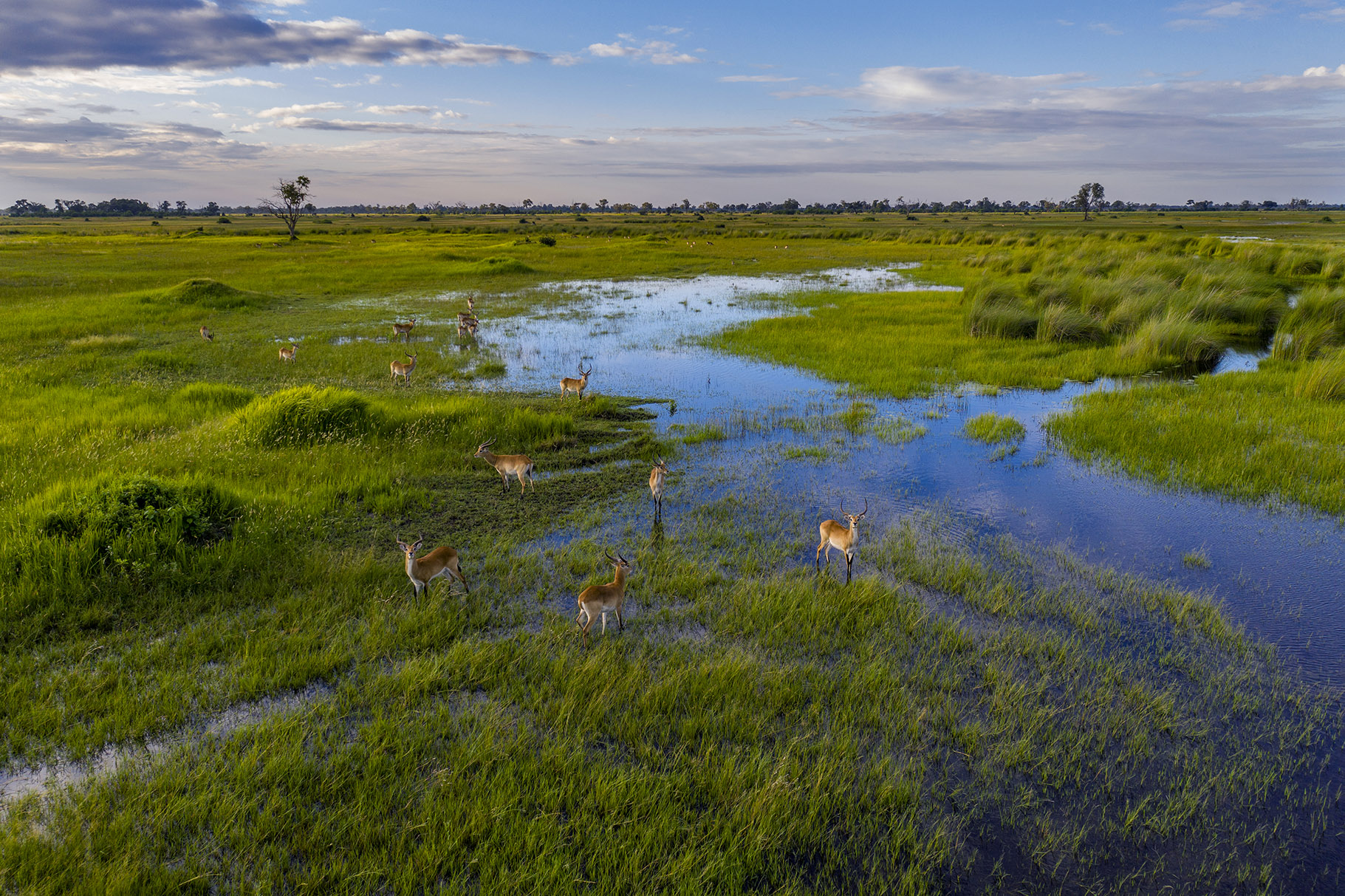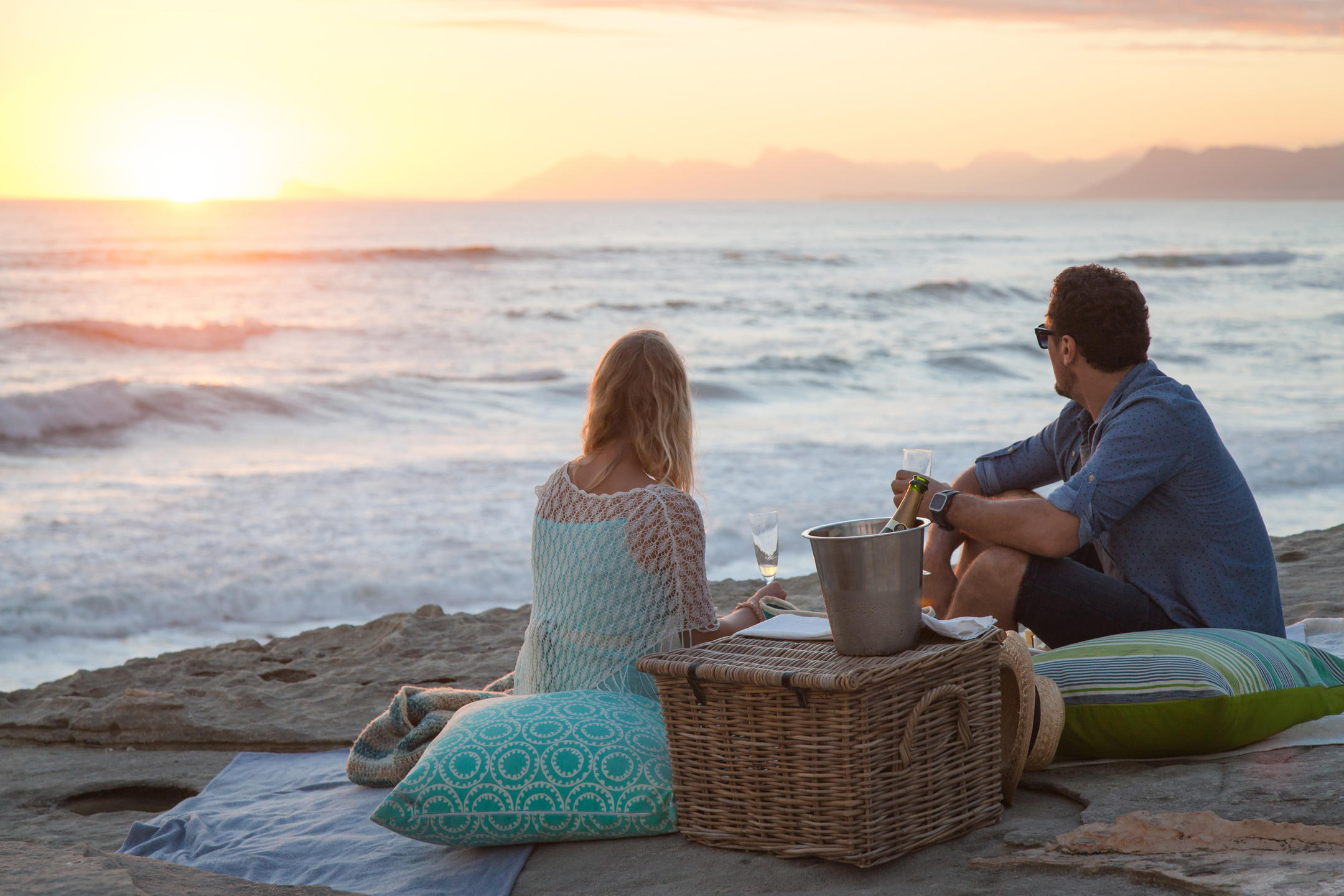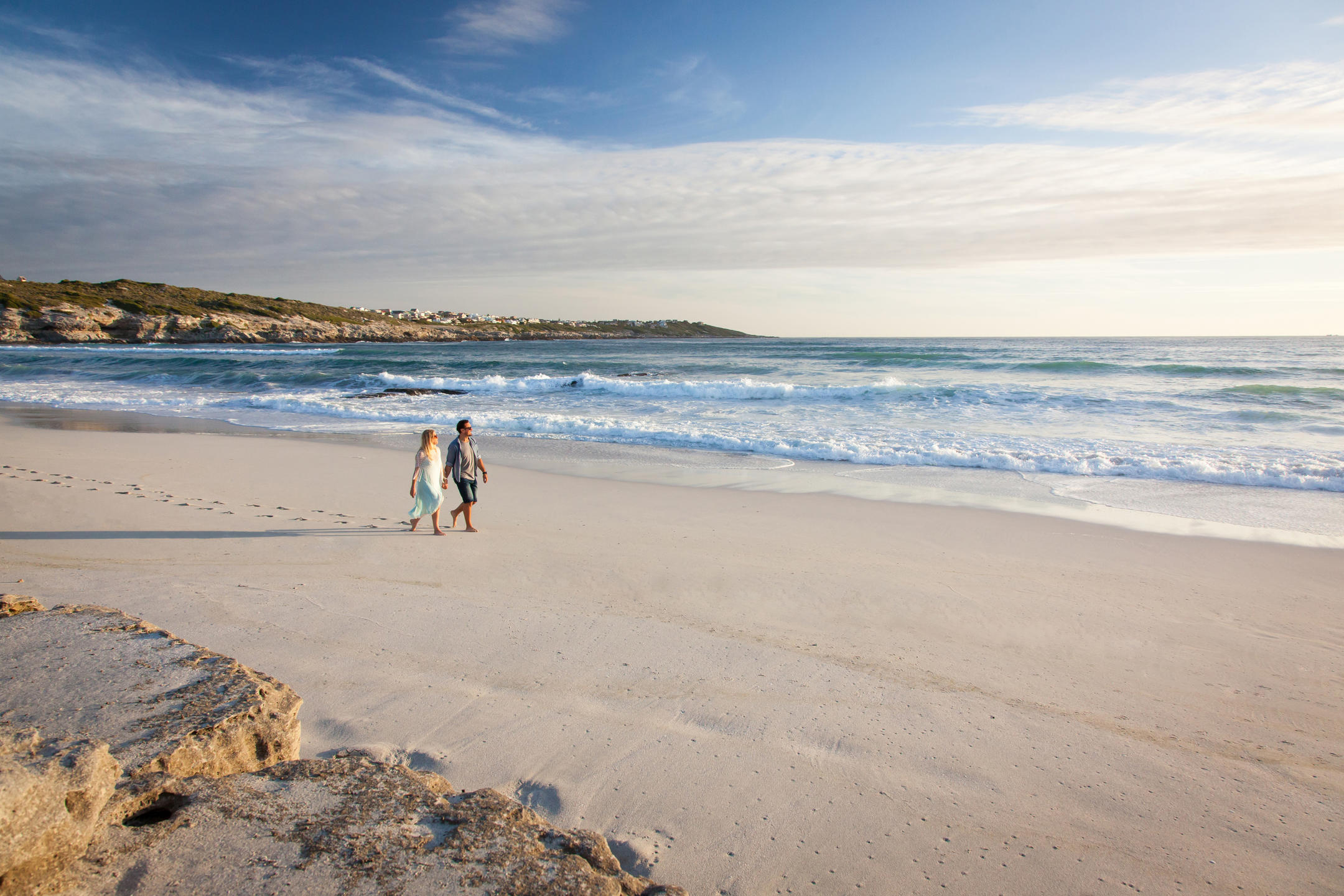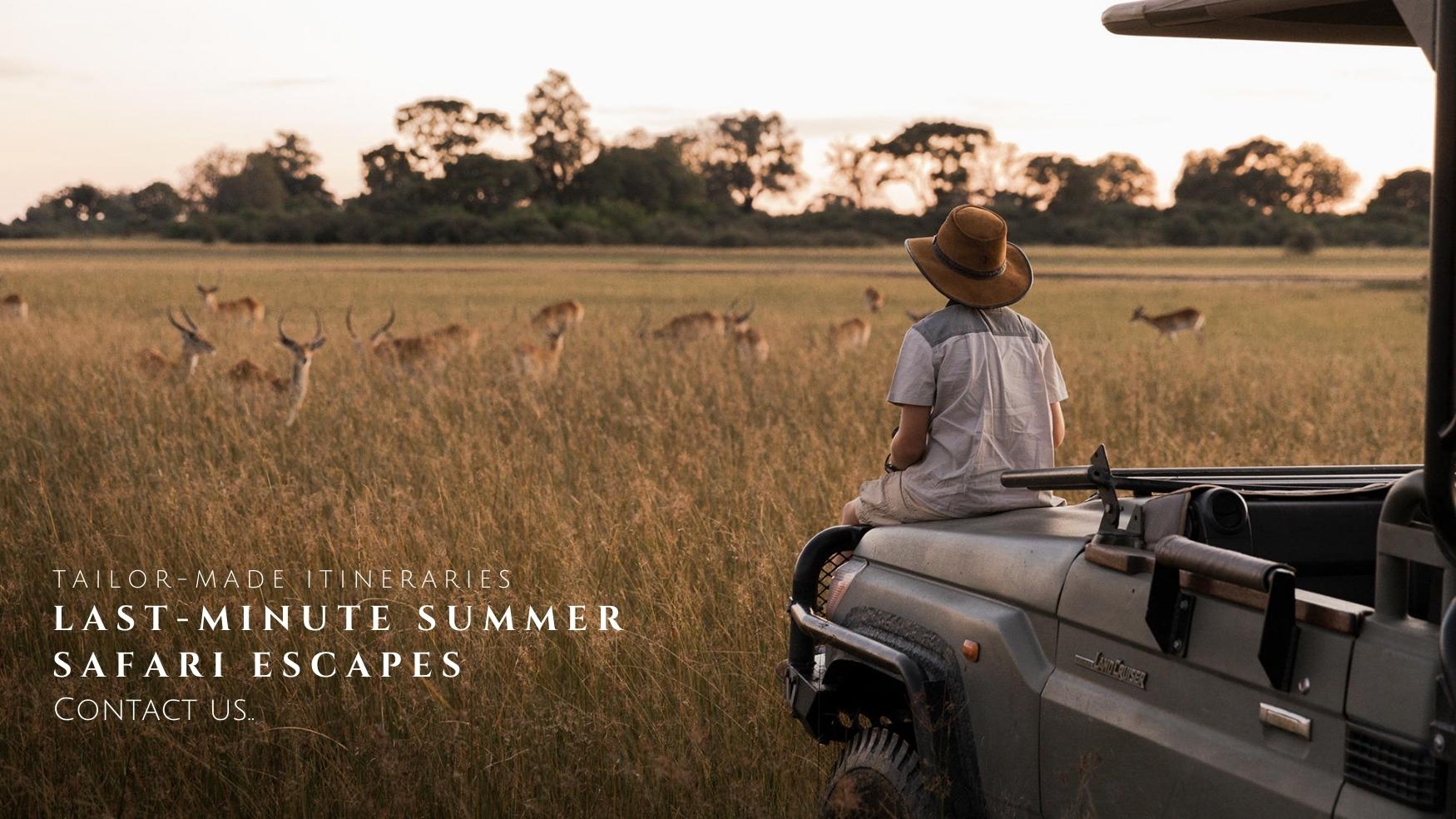In the safari industry, the “Green” or “Secret” Season refers to a specific time when particular destinations experience warmer and wetter conditions. Let me remove the marketing chat, it’s the rainy season. However, before dismissing it due to thoughts of cold, rainy game drives, fewer animals, and a drenched and miserable safari experience, let me rejuvenate your understanding. Life-giving rains bring a burst of life and diversity to a safari experience that cannot be ‘felt’ during the dry months.
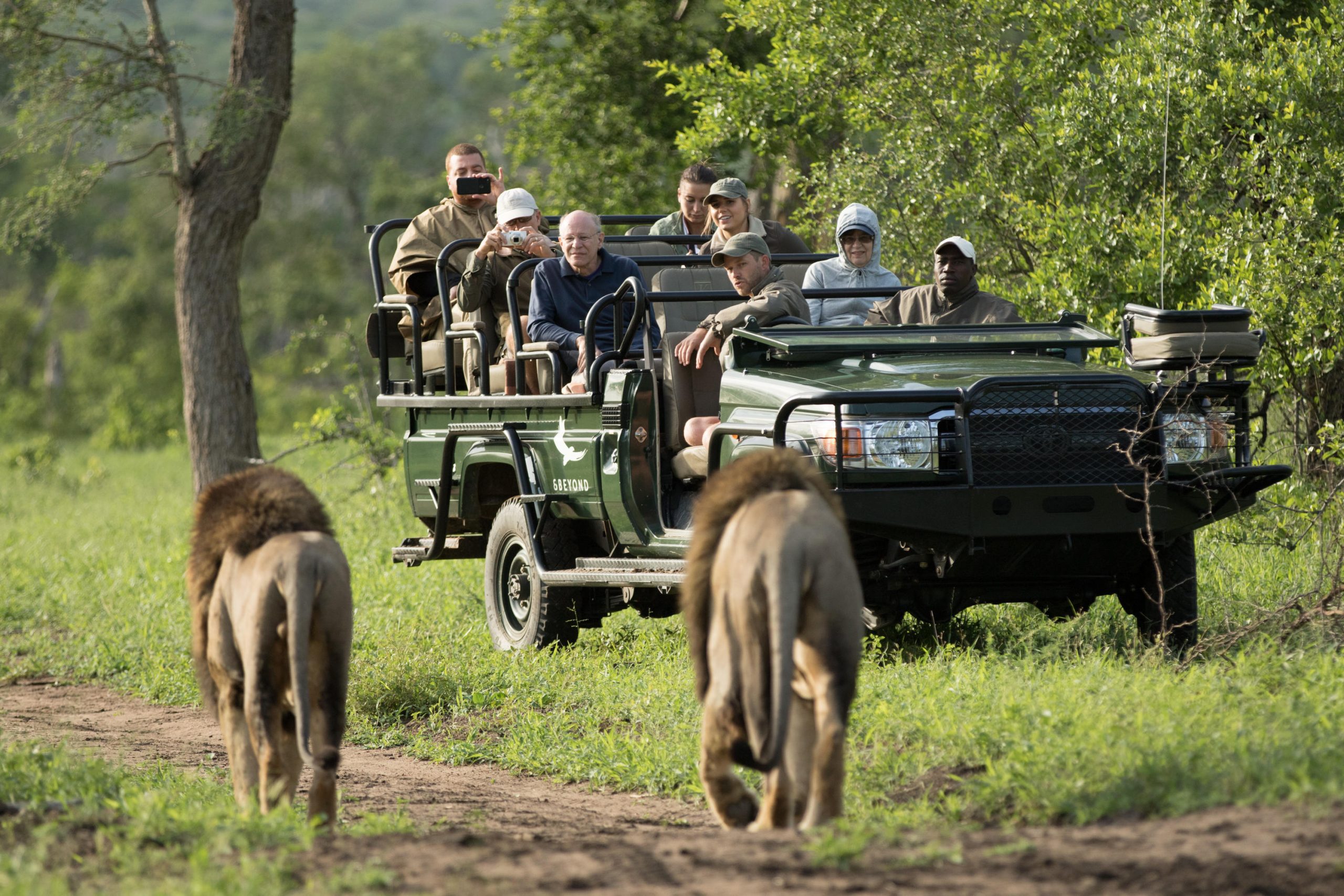
The grassy plains become lush and green with sweet, nutrient grass, attracting an abundance of life to once barren and sour landscapes. The rains initiate the greatest and longest migration in East and Southern Africa (More on this below). Antelopes and other ungulates rejoice and give birth, providing an explosion of new-life and yes opportunity for predators. Birds, migrating from as far as India and Europe, venture down to take advantage of the spring insect activity. And local communities rejoice in the rains that provide sustenance to parched farmlands and vital water sources.
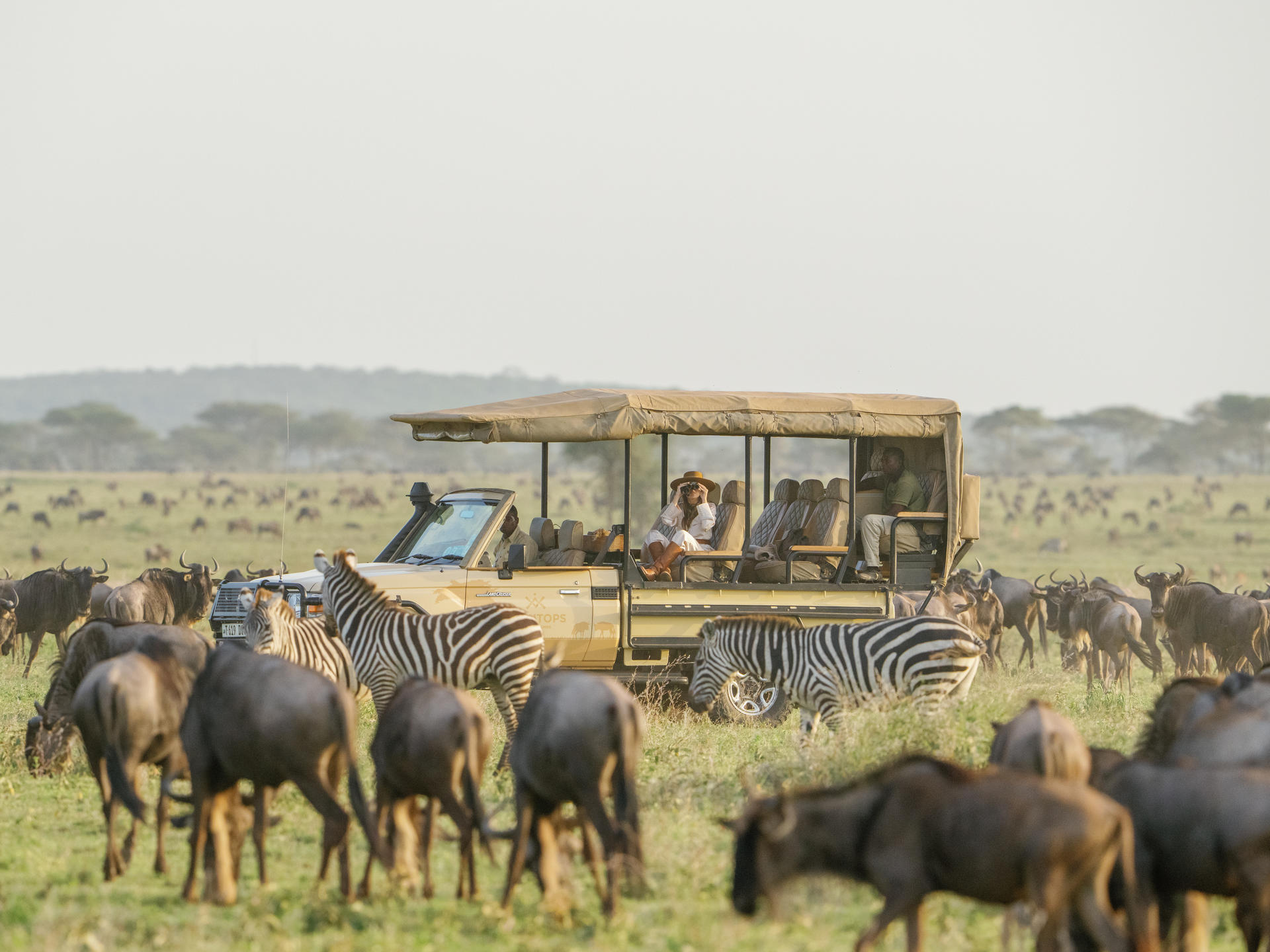
In my view, the “Green Season” is a time of celebration and yes, even gratitude. Yet, its appeal depends on your timing and desired safari experience. Bearing this in mind, we’ve curated distinctive experiences for this season, offering a range of options that we can tailor to your preferences. You might even find a last-minute safari escape that perfectly suits you!
Firstly, when is the “Green Season”?
Certainly, Africa’s vastness requires a regional breakdown to comprehend the nuances of the Green Season. Here’s a simplified overview:
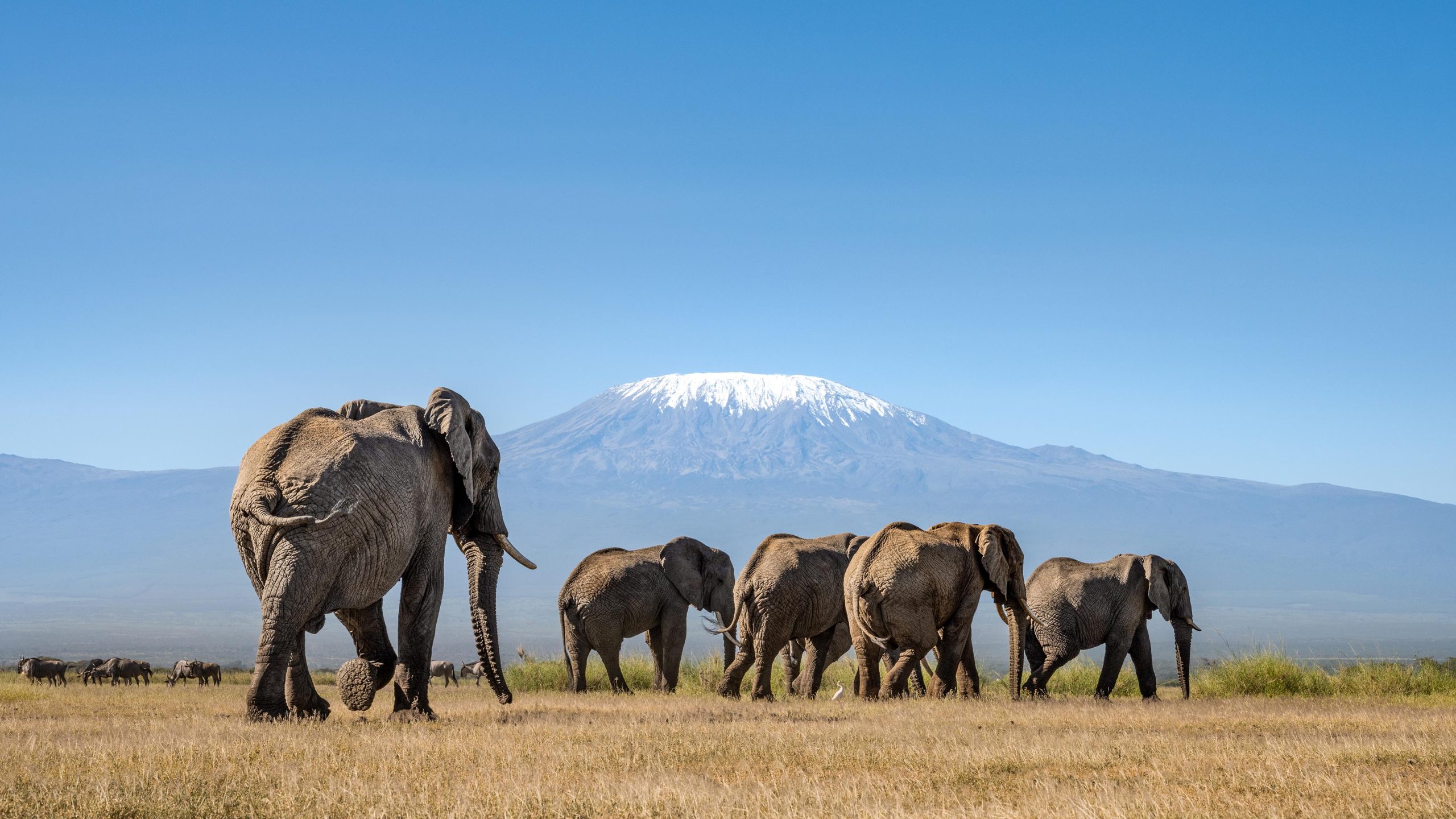
Southern Africa
The “Green Season” spans from November to April, bringing lush green landscapes. But remember, in South Africa, Cape Town’s rainy season is in winter (June to August). While the rest of the country experiences rain in summer, Cape Town’s Mediterranean climate enjoys hot summer days with little rain.
East Africa
Running from March to May and October to December, the Green Season affects countries like Kenya and Tanzania. These periods see sporadic rains, rejuvenating landscapes and attracting migratory birds and newborn animals.
- Kenya & Tanzania – November to December and April to May
- Rwanda & Uganda – October to December and March to May
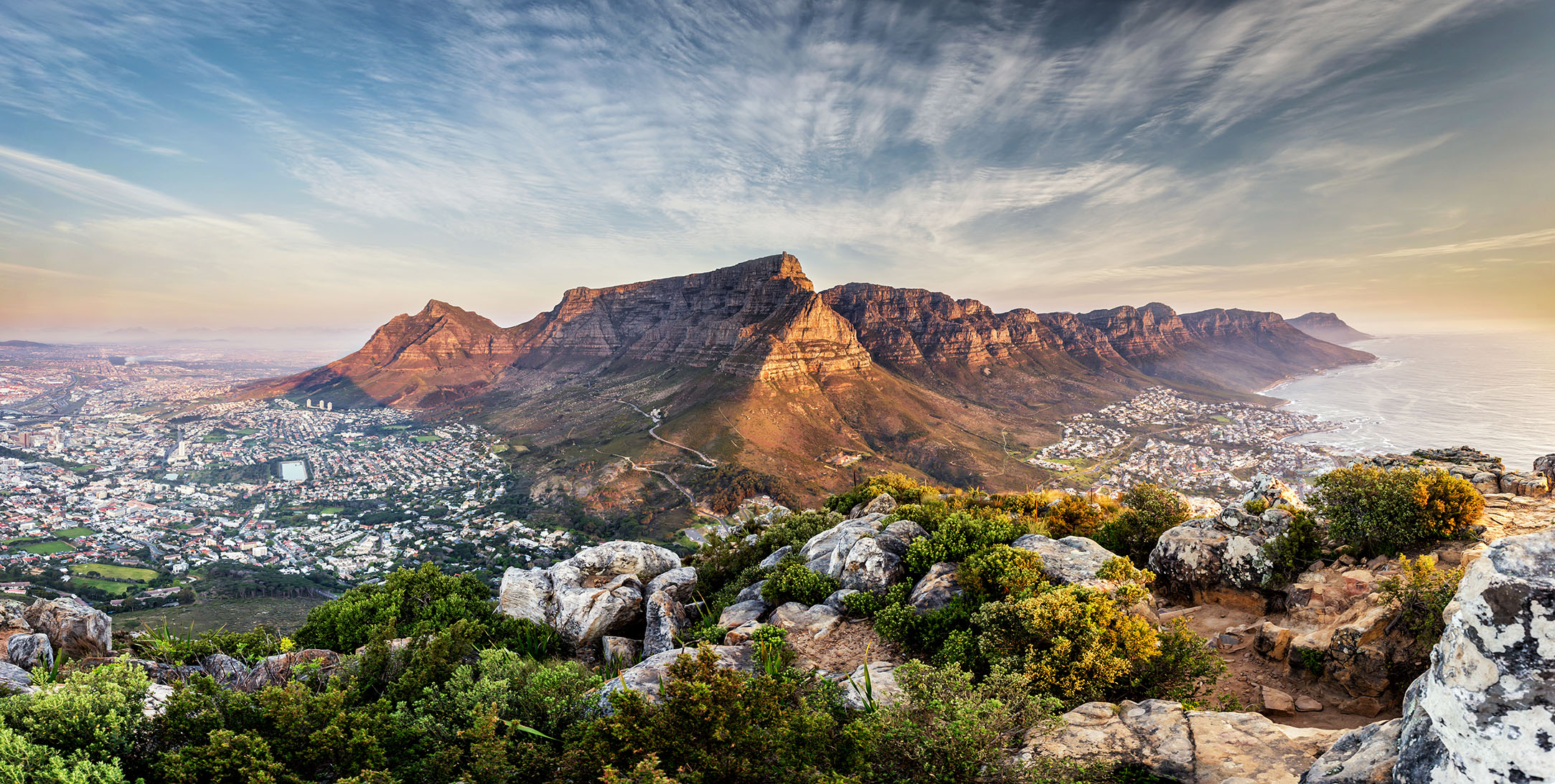
Advantages with traveling in the Green season
- Explosion of new life – calving season
- Predator and young-prey interaction
- Attractive photography opportunities (contrast in color)
- Migrating Birds, birders paradise
- Longer days and sunsets for romantic sundowners
- Fewer crowds in iconic safari landscapes
- Attractive rates and offers due to it being the lower-season
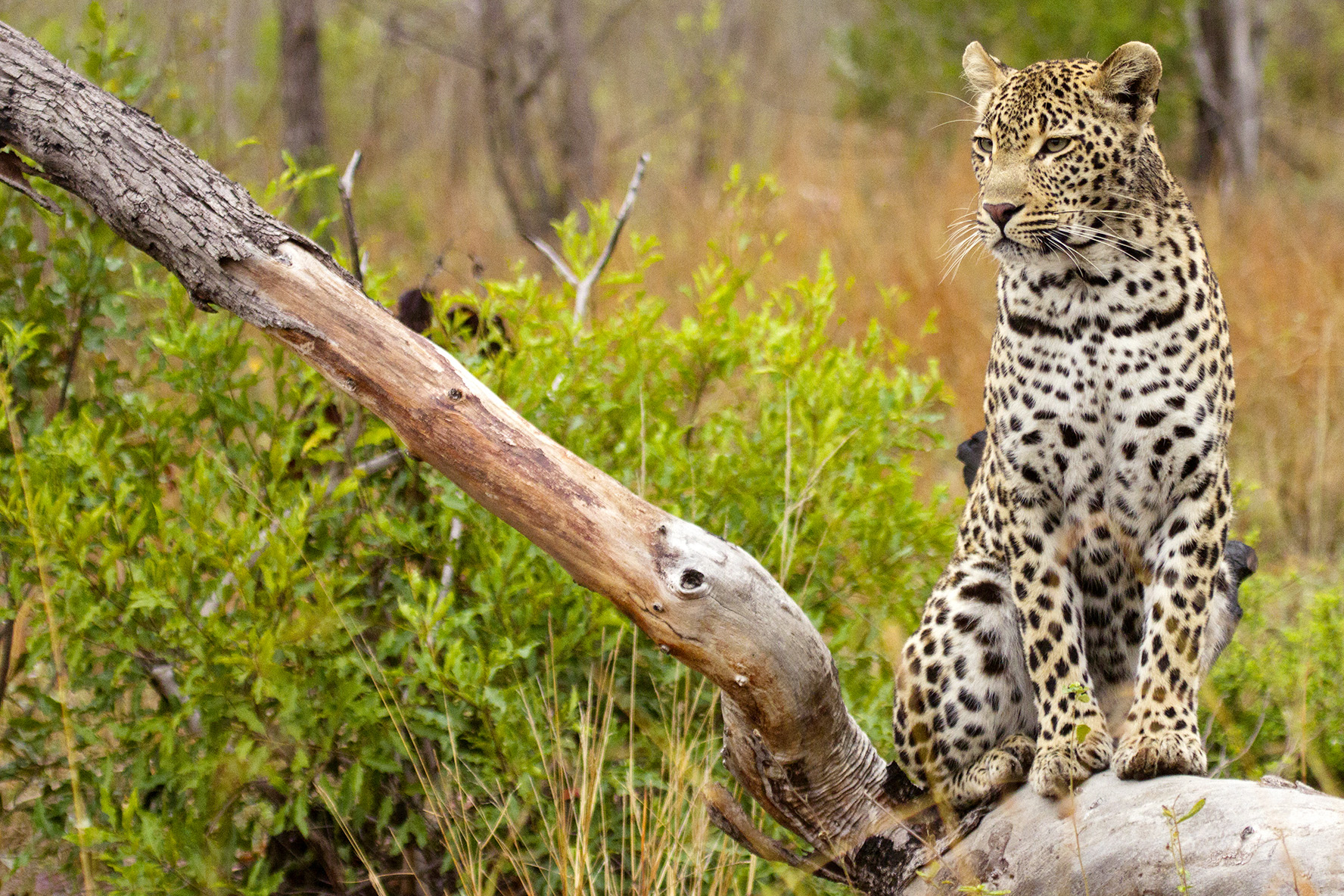
Disadvantages with traveling in the Green season
- It’s hot during the day – but that’s why there’s lodge pools
- More insects – but again lodges are prepared
- Potential for afternoon rain and thunderstorms
- Lush vegetation can make game viewing challenging in Southern Africa
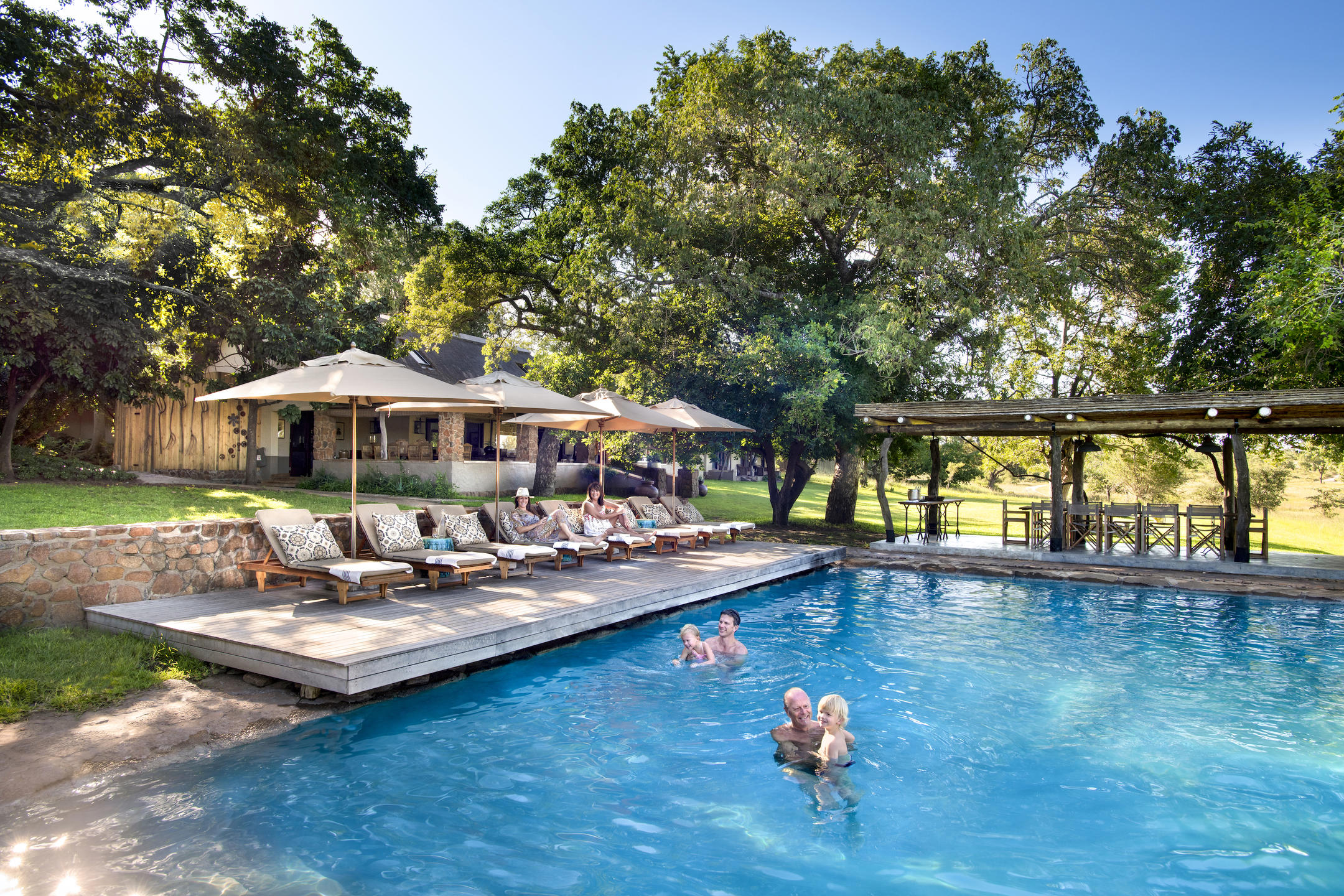
Top Safari Experiences in Africa’s Summer
Great Migration Calving Season
Southern Serengeti | Tanzania
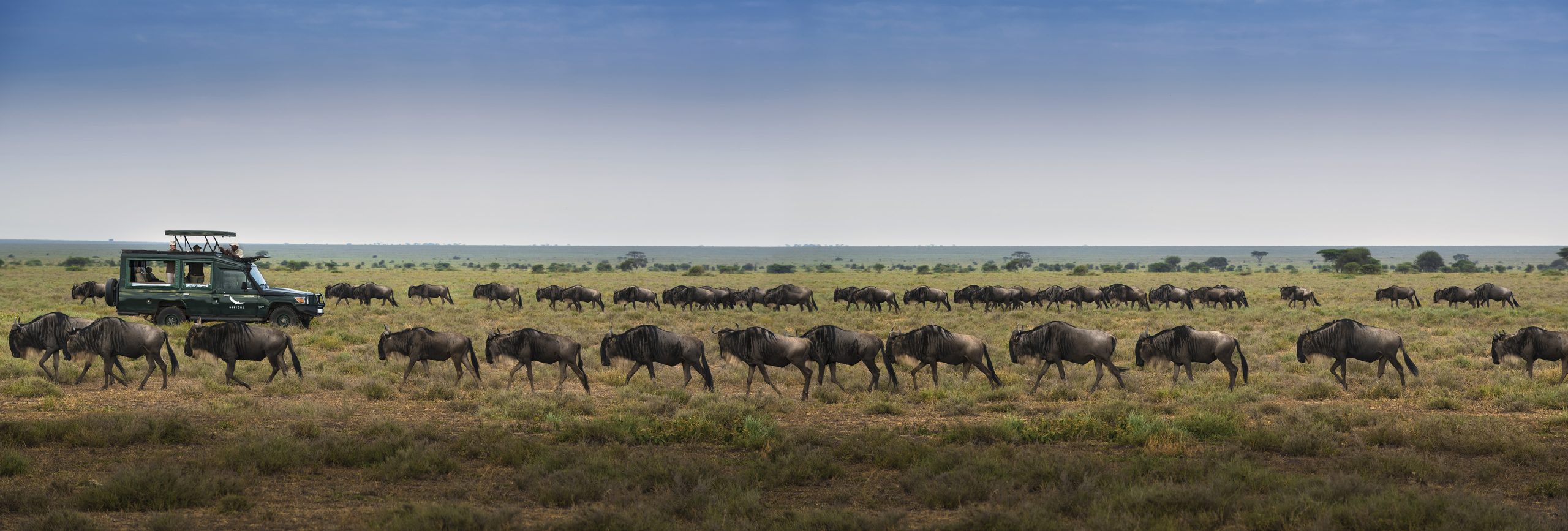
Between January and March, follow National Geographic filmmakers into the Southern Serengeti and witness the Great Wildebeest Migration during the calving season. Here, it’s estimated that over 400,000 animals are born, and at its peak in February, approximately 8,000 births occur daily! With wobbly legs, opportunities arise for predators, creating intriguing interactions between predator and prey during this time.
Ubuntu Travel Insider Tips
- Off-roading is allowed in the Southern Serengeti and Ngorongoro Conservation Area. This allows you to follow the migration and predators more intimately.
- For a unique perspective, you can now soar over the Migration on a hot air balloon.
- Luxury mobile camps are the best way to get as close as possible to the moving herds. Check out our blog below here. Read more…
Turtle Nesting Season
Mnemba Island | Zanzibar
This romantic barefoot island paradise sits just off the coast of Zanzibar. Completely private, it offers only 12 spacious bandas! The catch? You might have to share the pristine beaches with the locals – nesting greenback turtles! Mnemba Island is a protected nesting site for greenback turtles, benefiting from over 20 years of active conservation efforts. While a sighting isn’t guaranteed, turtles typically nest between January and August, with hatching occurring year-round and peaking from February to March.
Ubuntu Travel Insider Tips
- Love sushi, ask about the sushi course you can do and learn how prepare your own for home
- Two PADI certified dives a day are included in your stay. *Weather dependent of course
- If you stay for 3 nights or more – you get to fly in for free!
Zebra Migration Expeditions
Nxai & Makgadikgadi National Park | Botswana
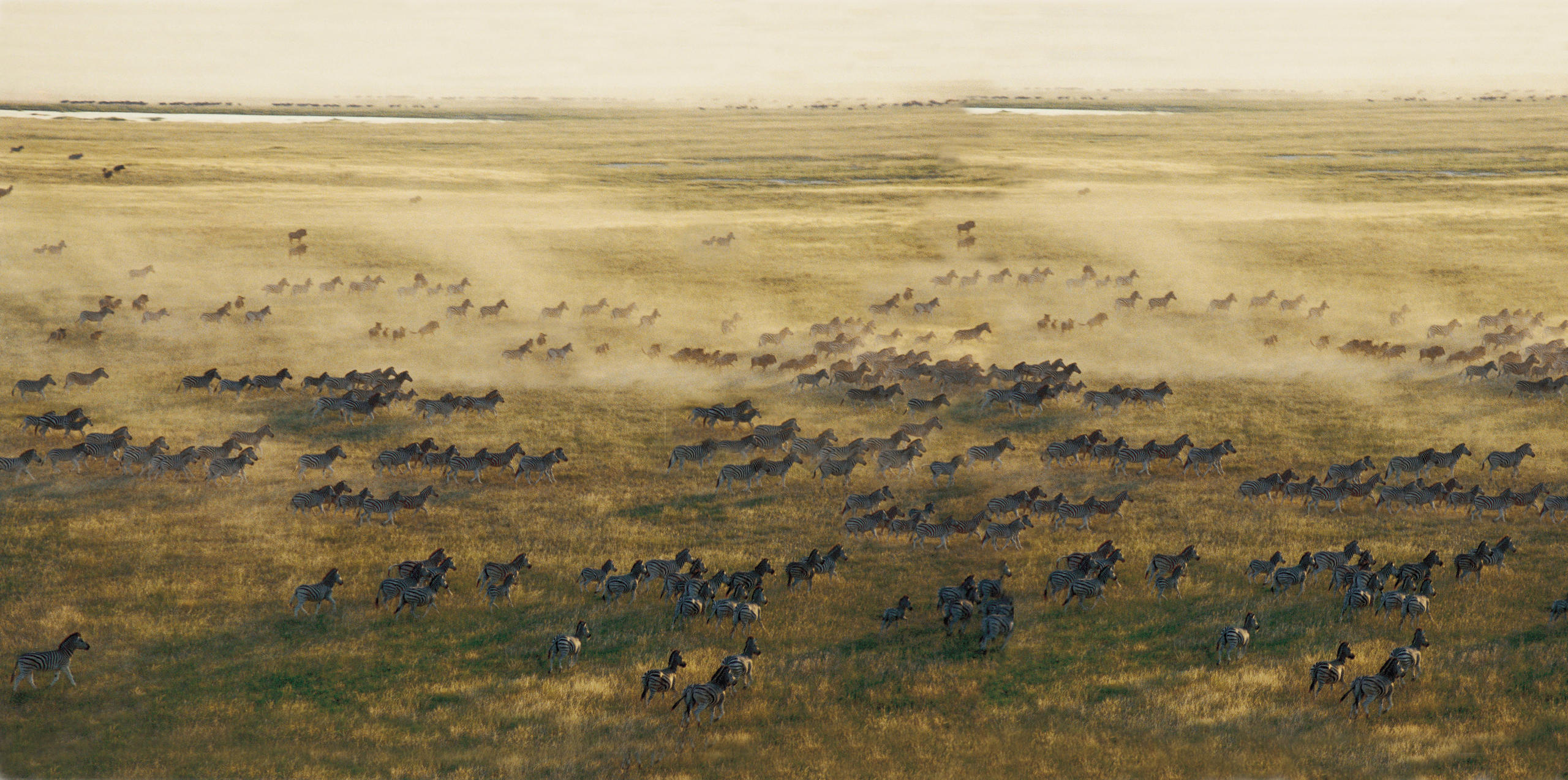
Witness the world’s longest terrestrial migration in Botswana’s salt pans of Nxai and Makgadikgadi National Park. Following the rains and in pursuit of sweet, fresh grass, an estimated 20,000 zebras migrate from the Okavango Delta and Chobe regions to this now lush green oasis.
From December to February, you can stay at the luxurious Migration Expeditions Camp in Nxai National Park and witness large congregations of zebra. Enjoy morning and evening game drives to spot desert-adapted animals like the oryx and Kalahari lions. If you decide to stay at Jack’s Camp in the Makgadikgadi, we highly recommend the helicopter excursion to view the herds from above! Arriving from March through June, witnessing the flamingos visiting the salt lakes is a must-do activity. Check out the video below for more…
Ubuntu Travel Insider Tips
- You can do helicopter transfers from the Okavango Delta, making this a great addition to your Botswana escape! Check out our Dazzling Summer Safari itinerary below.
The “Serengeti of Hwange”
Hwange National Park | Zimbabwe
At 3.5 million acres, Hwange National Park is Zimbabwe’s oldest and largest National Park. Home to Africa’s second-largest elephant population – estimated to be around 40,000 individuals – its southern-eastern region, the Ngamo Plains, transforms into a lush oasis in summer.
The nutrient-rich plains and woodlands attract various grazers and their young, enticing predators like lions, cheetahs, wild dogs, and leopards for an unmatched safari experience. Dubbed the “Serengeti of Hwange,” this gathering of wildlife ranks among southern Africa’s prime game viewing destinations. Staying at Linkwasha Camp offers exclusive access to 53,000 hectares of this magnificent landscape, promising an unforgettable summer safari experience .
Ubuntu Travel Insider Tips
- Linkwasha has a star-bed sleep out option that overlooks a water hole. It’s a must-do activity for the adventure honeymooners.
- Wilderness Little Makalolo and Davinson’s Camp are also a great options.
- The sunken and wooden hides are also brilliant photographic opportunities – take advantage
Uncrowded Ngorongoro Crater
Ngorongoro Crater | Tanzania
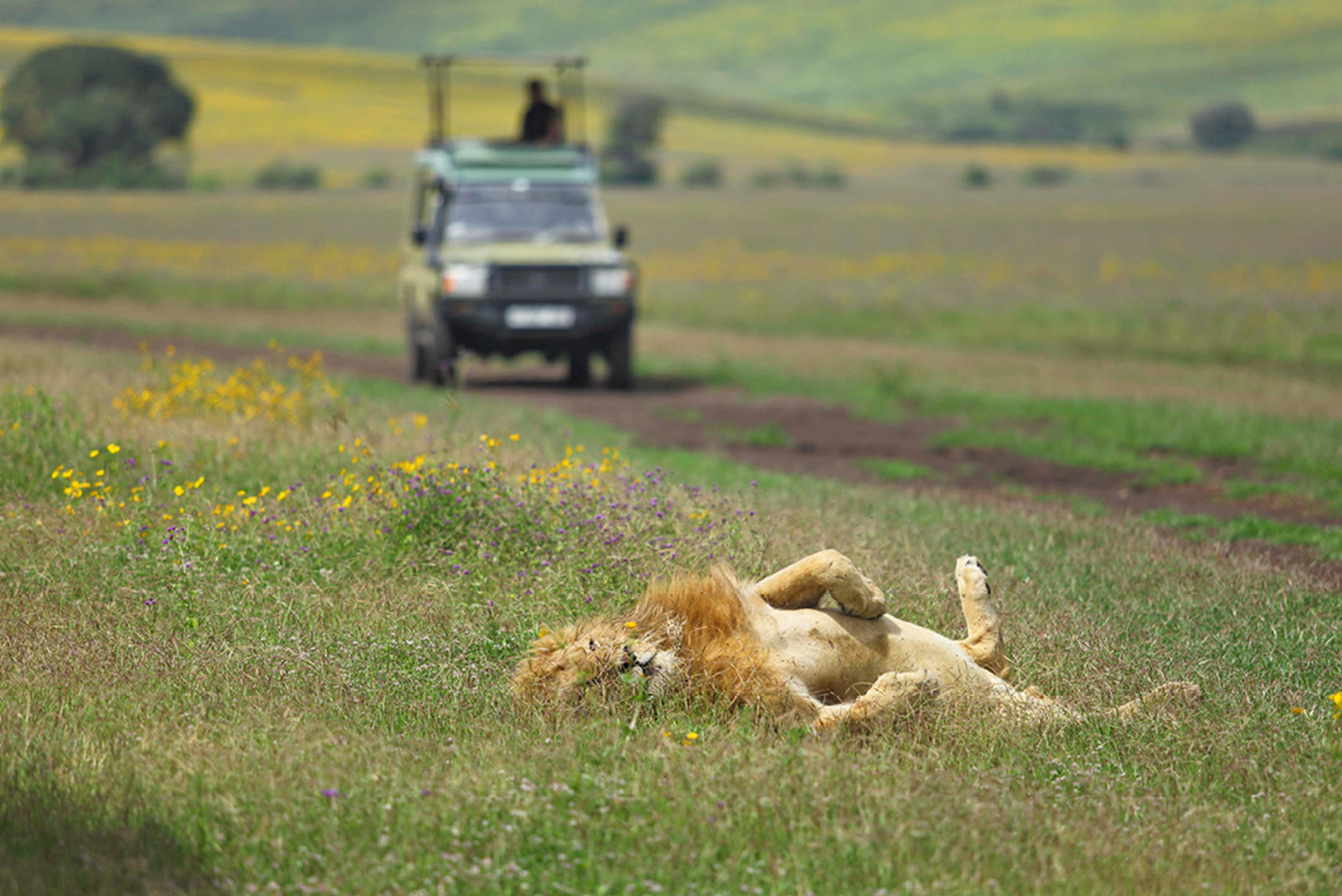
Known as the “Garden of Eden,” the Ngorongoro Crater stands as the world’s largest caldera, housing over 30,000 wild animals, including majestic elephants, robust rhinos, bustling hyena clans, and prides of lions. Surprisingly, the hyena clans reign as the dominant predators within this natural haven.
During the dry months, from June to October, wildlife gathers around the shrinking waterhole, offering excellent game viewing. However, this popularity results in frustrating congestion due to the sheer volume of visitors. For a more serene and tranquil experience, opting for the shoulder seasons is advisable to escape the crowds and relish the quieter splendors of this remarkable location
Ubuntu Travel Insider Tips
- January to March is a great “shoulder season” to visit the crater with fewer vehicles.
- There is plenty to do around the Ngorongoro Crater Conservation Area like crater hikes, community visits and even lion conservation experiences with KopeLion.
- Off-roading is not allowed, photographers make sure you have a long lens.
Sensational Game Viewing in the Delta
Okavango Delta | Botswana
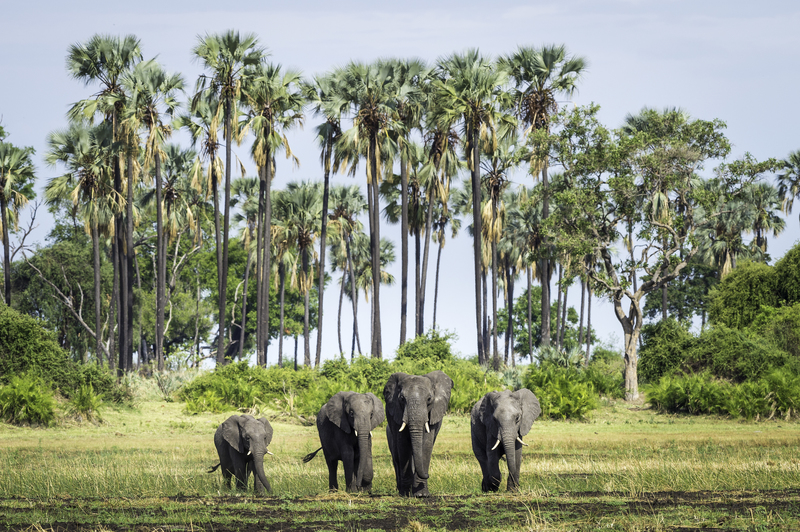 During the rainy season, spanning December to March in the Okavango Delta, thunderstorms breathe life into the landscape, fostering lush greenery. This surge in nutrients results in a remarkable phenomenon – numerous animals giving birth, creating a captivating spectacle of new life and amusing wildlife antics.
During the rainy season, spanning December to March in the Okavango Delta, thunderstorms breathe life into the landscape, fostering lush greenery. This surge in nutrients results in a remarkable phenomenon – numerous animals giving birth, creating a captivating spectacle of new life and amusing wildlife antics.
Interestingly, the water level recedes during this period, unveiling open grasslands and giving you access to islands that you typically wouldn’t be able to explore. This offers exceptional game viewing opportunities, enabling possible close observations of predator-prey interactions. A visit to the Delta is incomplete without experiencing traditional mokoros and water safaris. After indulging in rich game viewing, exploring lodges farther north, where permanent water prevails, adds another layer to this enchanting adventure.
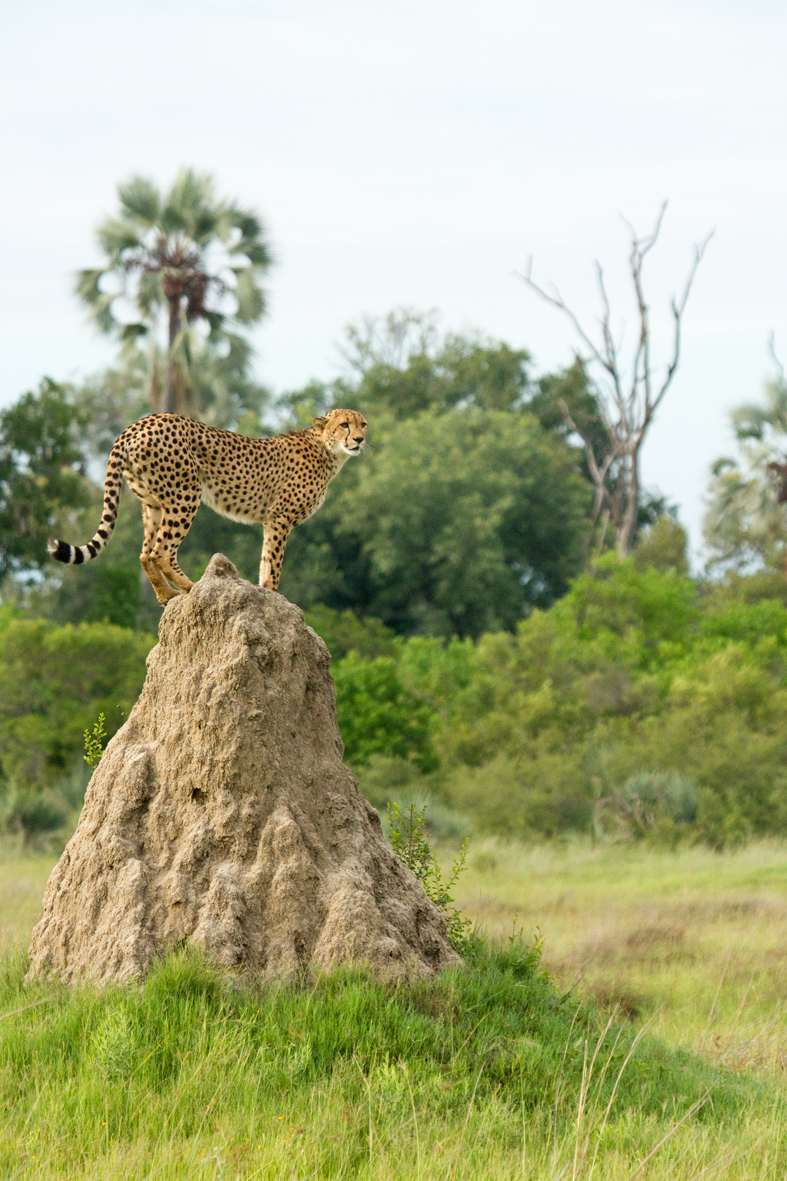
Ubuntu Travel Insider Tips
- Walking safaris are great during this time!
- We highly recommend a helicopter excursion over the Delta, possibly the best way to fully appreciate the expanse of this wilderness!
- Looking for a honeymoon safari – some lodges offer 50% off your partner’s accommodation. Chat to us!
The (Not so) Secret Cape Town
Cape Town | South Africa
Cape Town’s summer unveils a Mediterranean climate, offering sunny days and minimal rainfall. The city thrives with award-winning cuisine, local wineries, bustling markets, and pristine beaches, all embraced by the iconic Table Mountain and set against the world’s richest marine habitat. This popularity results in a bustling atmosphere, making it vital to plan ahead for preferred boutique hotels.
While iconic attractions like Cape Point, Boulders Beach, Table Mountain, and Robben Island remain vibrant, after two days, consider exploring like a local. Grootbos Nature Reserve, an hour from Cape Town, offers tranquility amidst the summer bustle. Overlooking Walker Bay, this eco-lodge showcases the Cape’s unique floral kingdom. Experience the penguin colony at Stony Point, shark cage diving, exclusive beach horse riding, and serene picnics. Alternatively, revel in the lodge’s tranquility with fresh cuisine and world-class spa treatments.
Ubuntu Travel Insider Tips
- Chat to us early to make sure you get into your favorite hotel!
- At Cape Point – possibly do a hike to enjoy the area a little more.
- Interested in the African penguin, skip Boulders and visit the less famous but larger colony at Stony Point!
Gorilla Trekking and Primate Safaris
Rwanda and Uganda
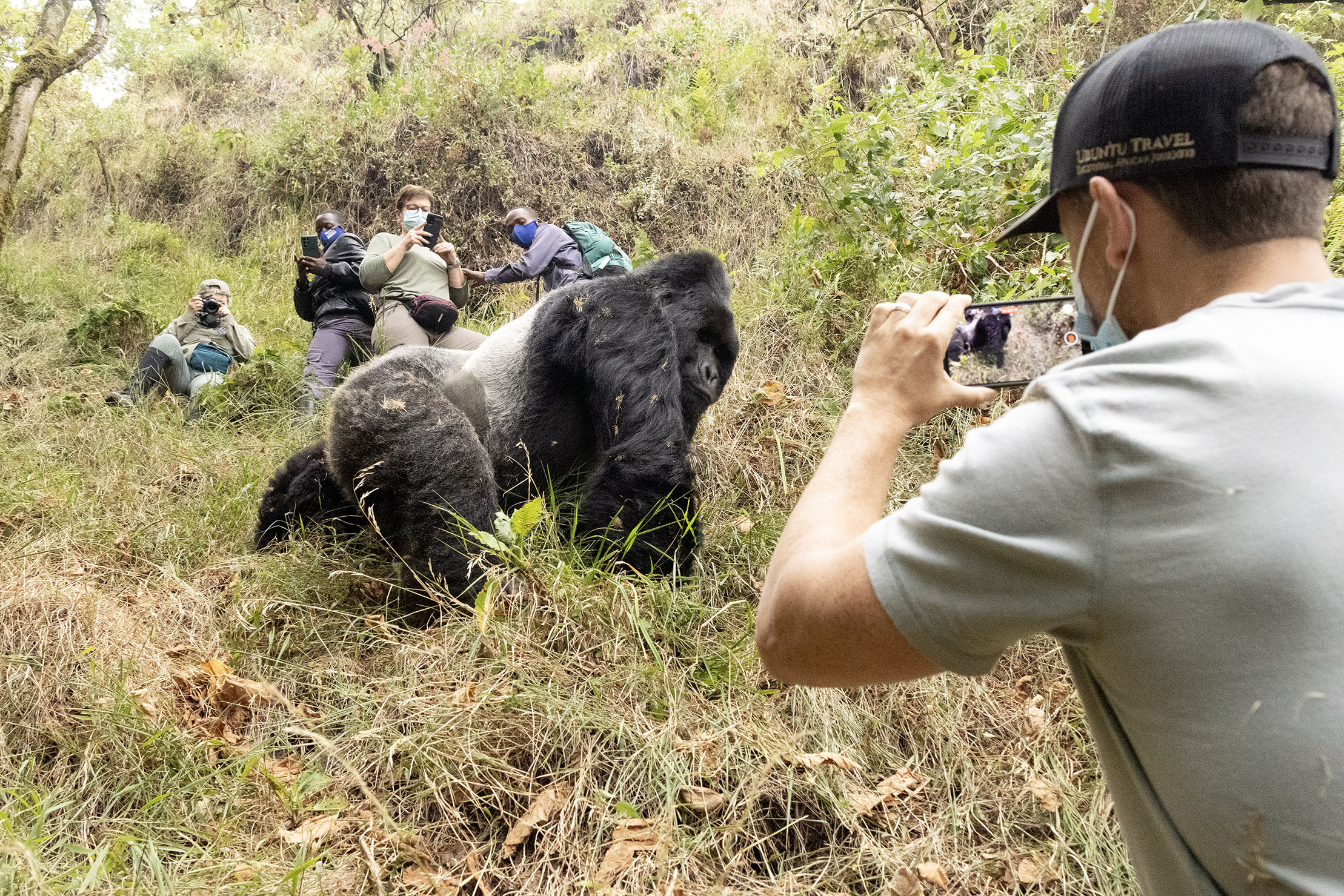
Encountering critically endangered mountain gorillas is truly life-changing, and permits to go trekking contributes to vital conservation efforts for the remaining 900 individuals in Uganda and Rwanda. Thankfully, this activity operates year-round, supporting conservation efforts to the such an extent, gorilla numbers are climbing and ranges expanding!
Both countries share a comparable climate, with drier periods from December to February and June to late September. These conditions make trekking somewhat easier with more stable footing on drier soil. Similarly, vibrant chimpanzee trekking in Uganda’s Kibale National Park benefits from these seasonal patterns, offering an equally riveting experience during these times.
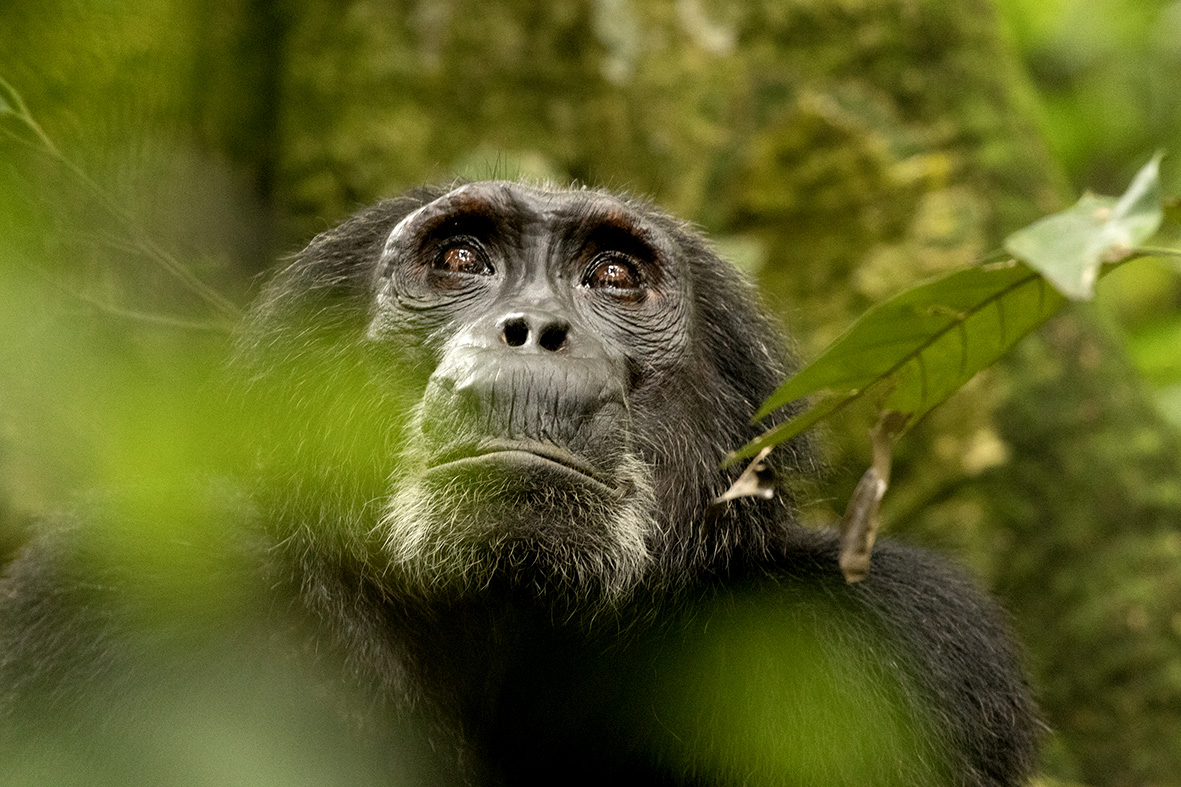
Ubuntu Travel Insider Tips
- Although you do not need to be super fit to do this experience, we do recommend a little fitness will help you enjoy the encounter more.
- Ask Kyle – no matter what people say – where gaiters during your trek!
- At Volcanoes Safari lodges – you get a complimentary massage with your stay. Just a thought.
Leopards in Trees
Sabi Sand Game Reserve | South Africa
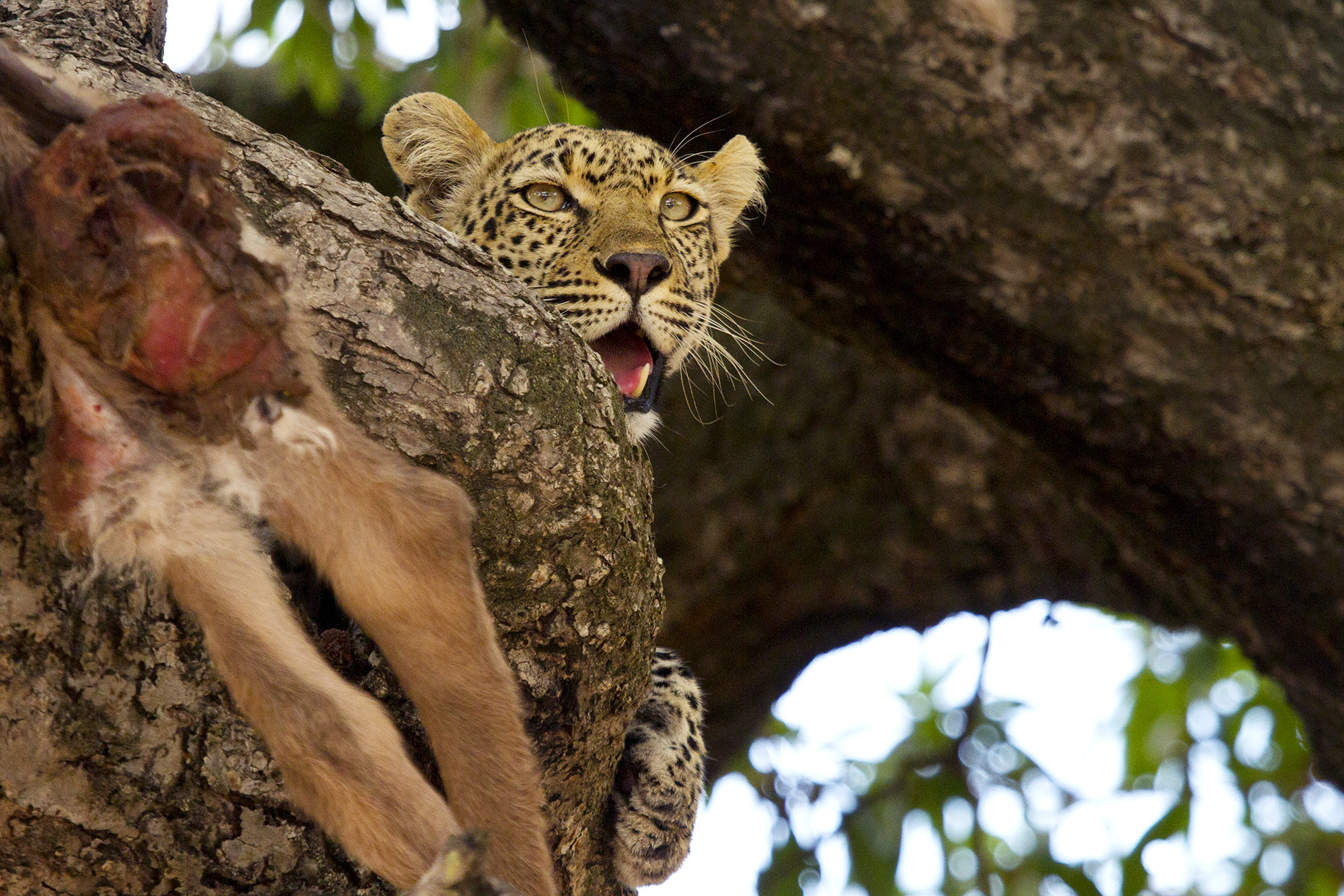
As a former safari guide in Sabi Sand Game Reserve, I held a secret appreciation for the summer season. The landscape flourished, animals thrived, and the bush teemed with lively scenes – baby antelopes, cubs, migrant birds, busy tortoises, and hardworking dung beetles made each drive a spectacle. Summer definitely brought heightened activity during game drives.
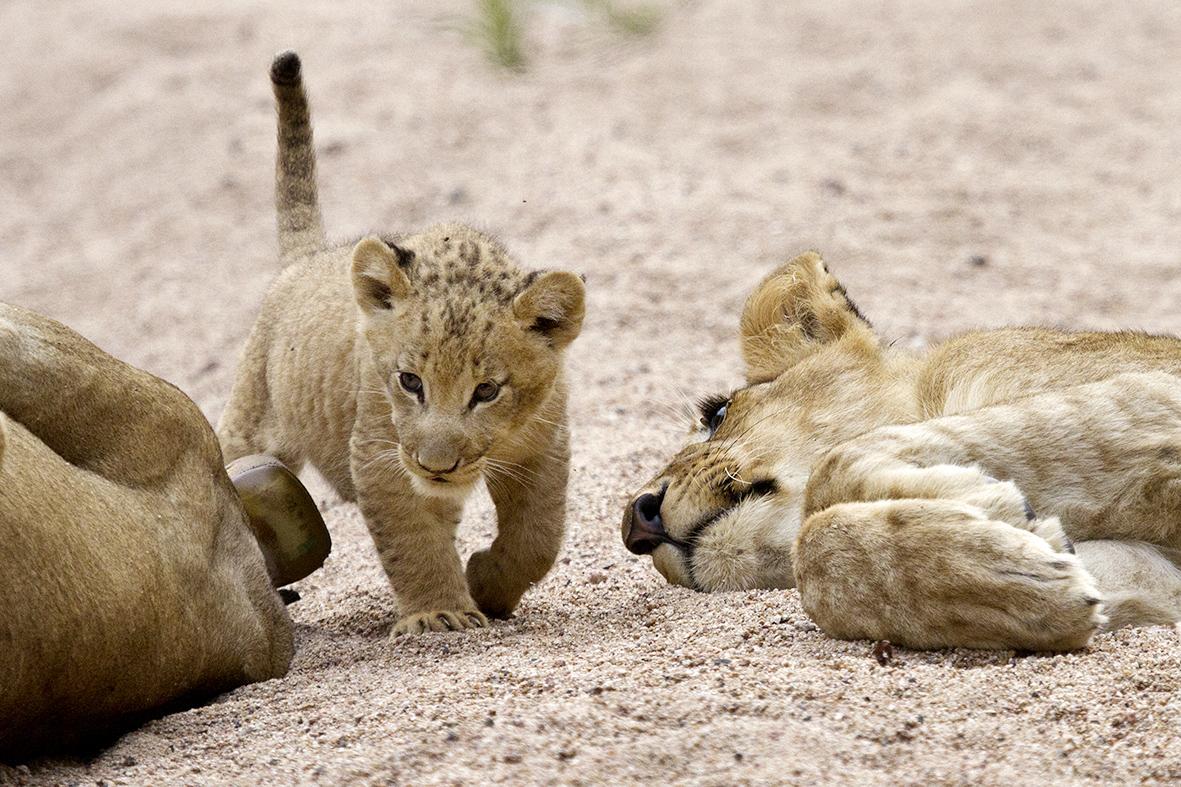
While lush vegetation poses a slight challenge for leopard sightings, they cleverly utilise roads to avoid wet grass, sipping from mineral-rich puddles and scanning woodlands from large marula trees for hunting prospects – abundant with newborn prey. I once spotted a female leopard with an impressive seven impalas hoisted in a tree. Admittedly, ethical off-roading can become tricky with potential rains. I’d suggest allocating about four days to explore this remarkable corner of the world – you won’t be disappointed!
Ubuntu Travel Insider Tips
- If it does rain – go on game drive! You will always see more on the drive than in the lodge. Look out for wallowing rhino, elephant and buffalo!
- Swarovski Optik binoculars are a must. Yes, you can spot birds, but you can also focus past the bushes to see what is hiding behind the thickets. Perhaps it’s a leopard cub!
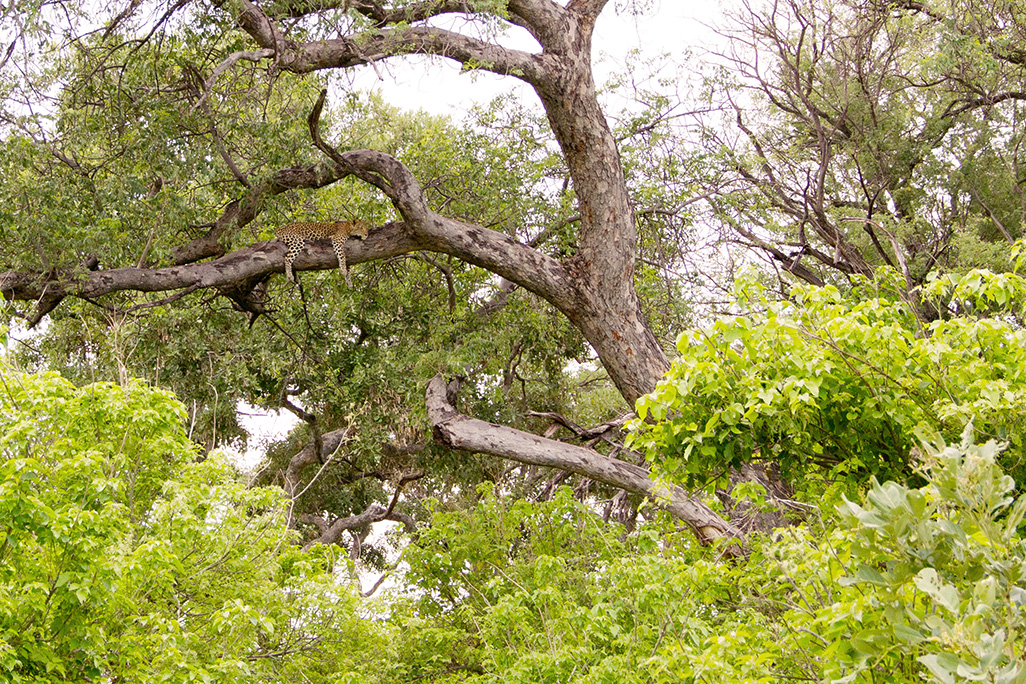
Are you ready for the trip of a lifetime?
If you’re thinking of planning a trip, we’re here to help! Our team of travel designers will create an itinerary just for you to create memories to last a lifetime and conquer your bucket list. Get in touch with us today to start planning your adventure in Africa.

